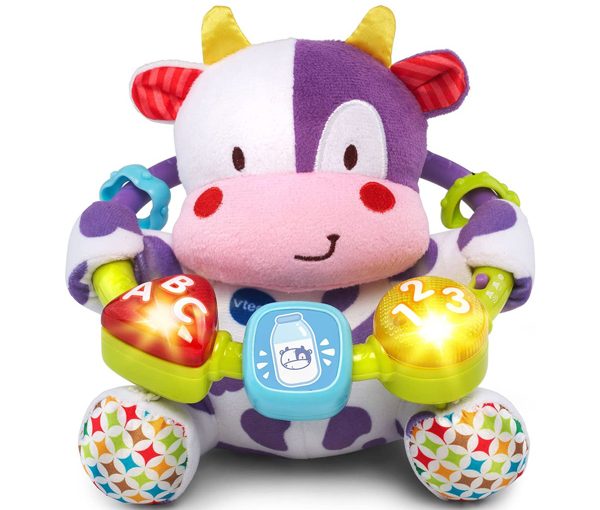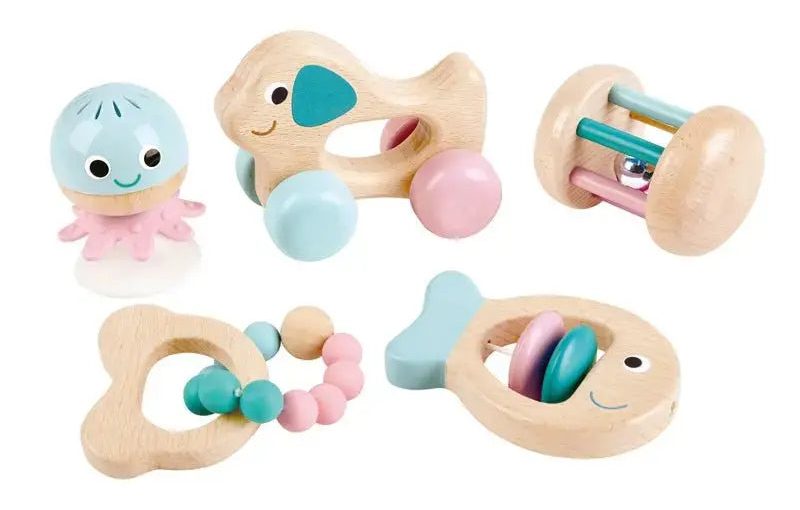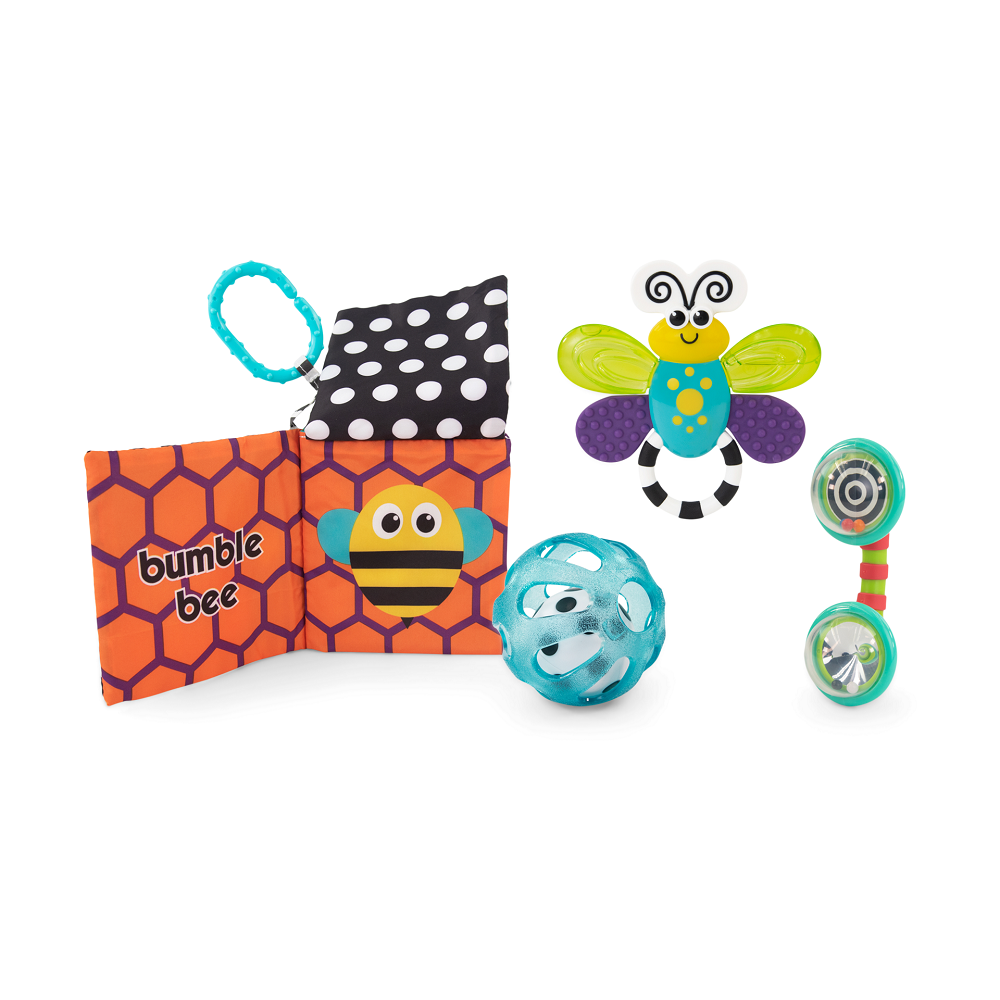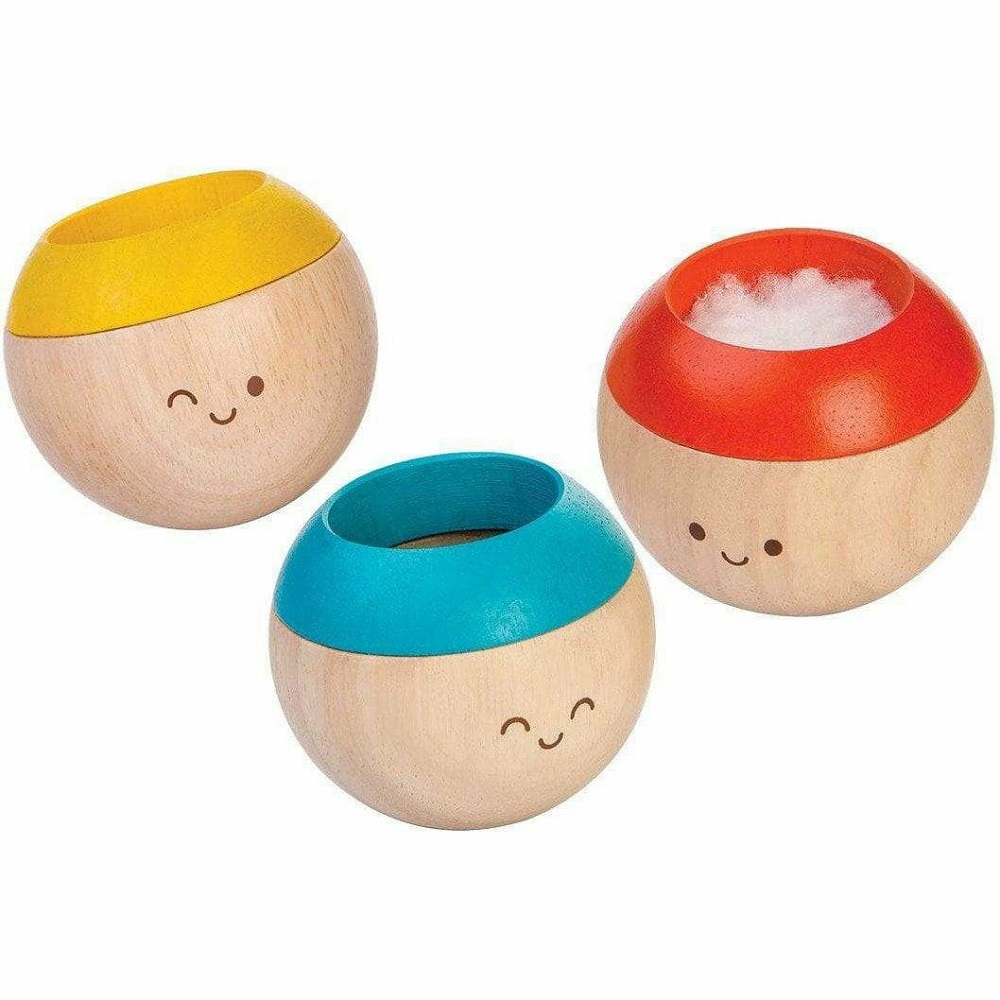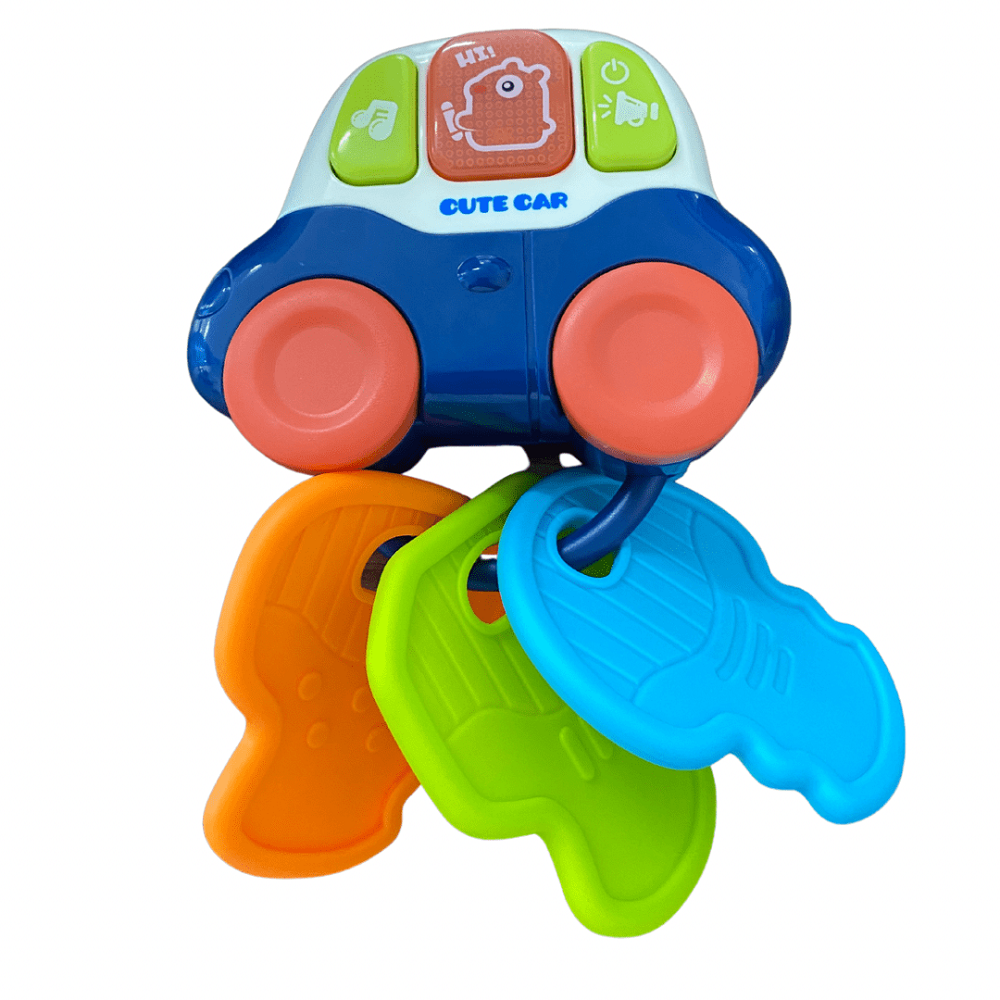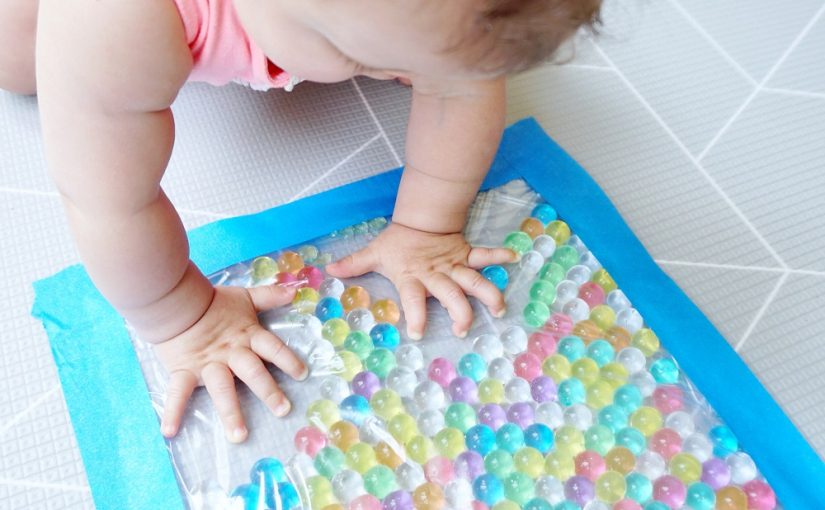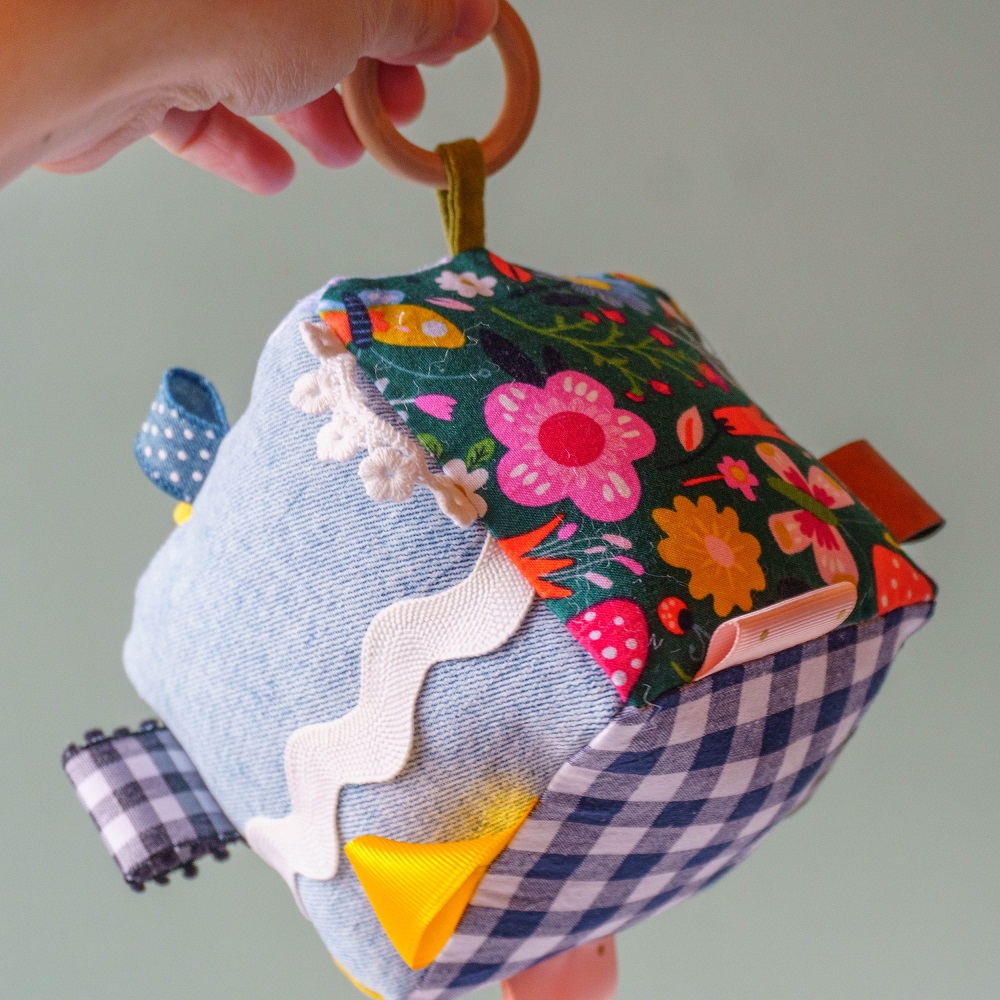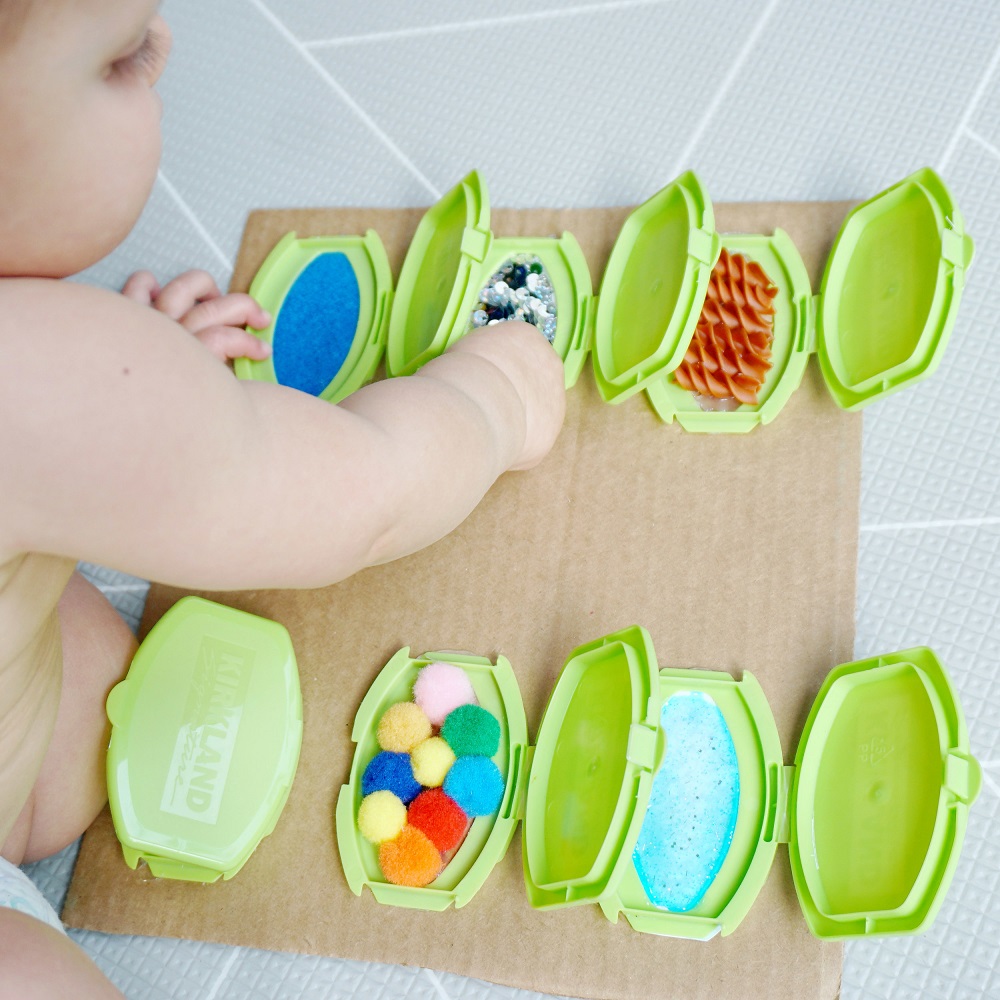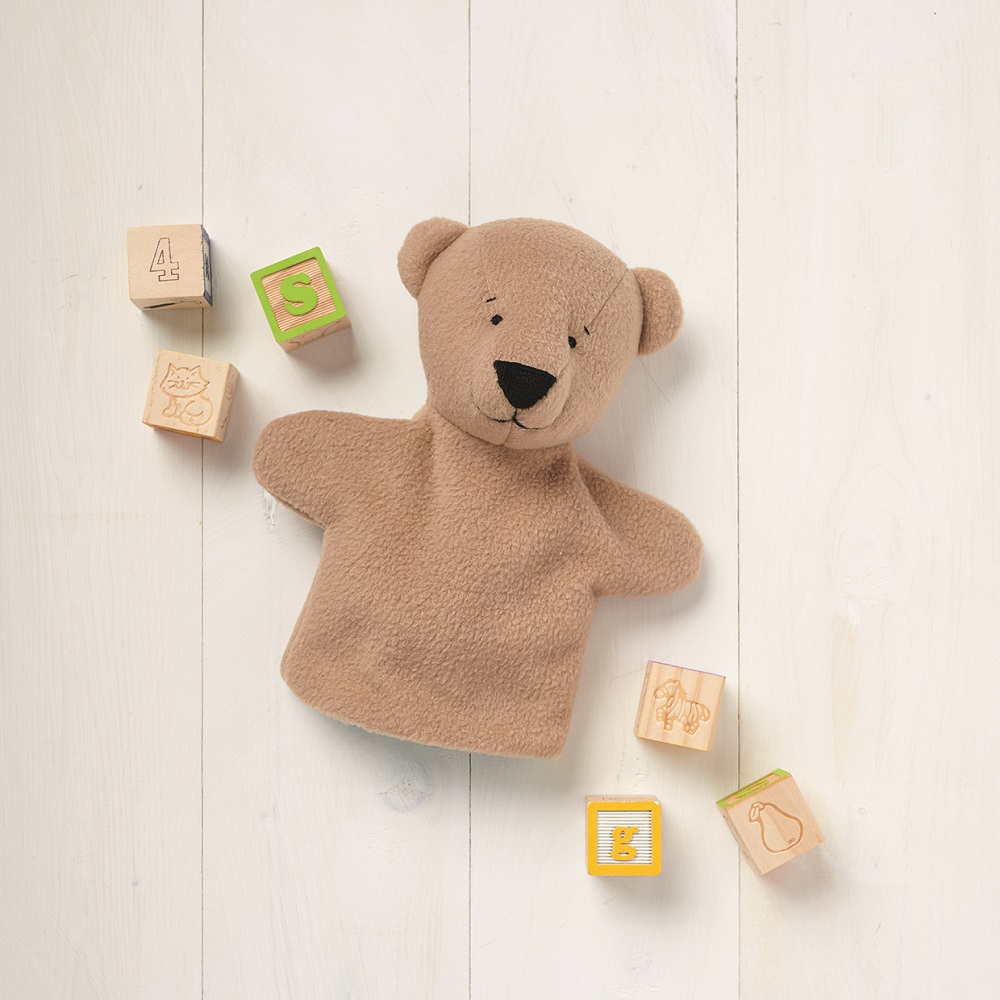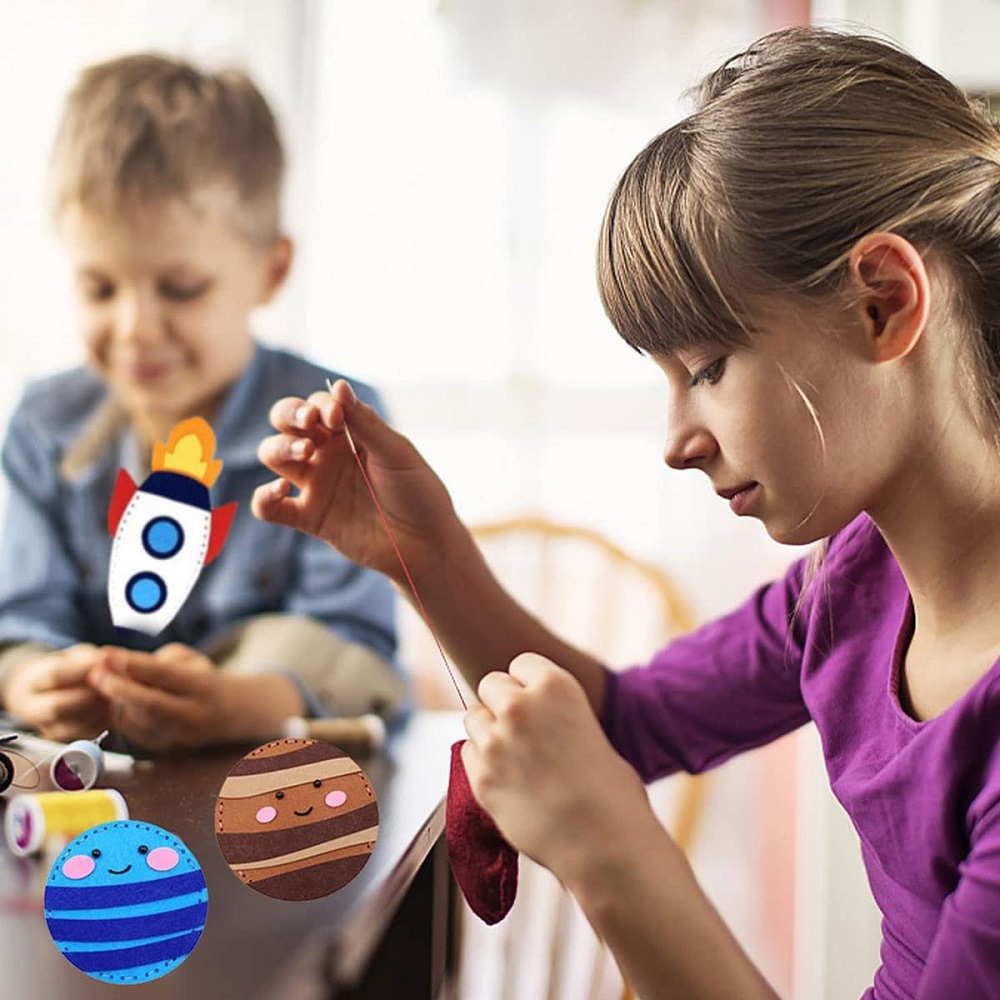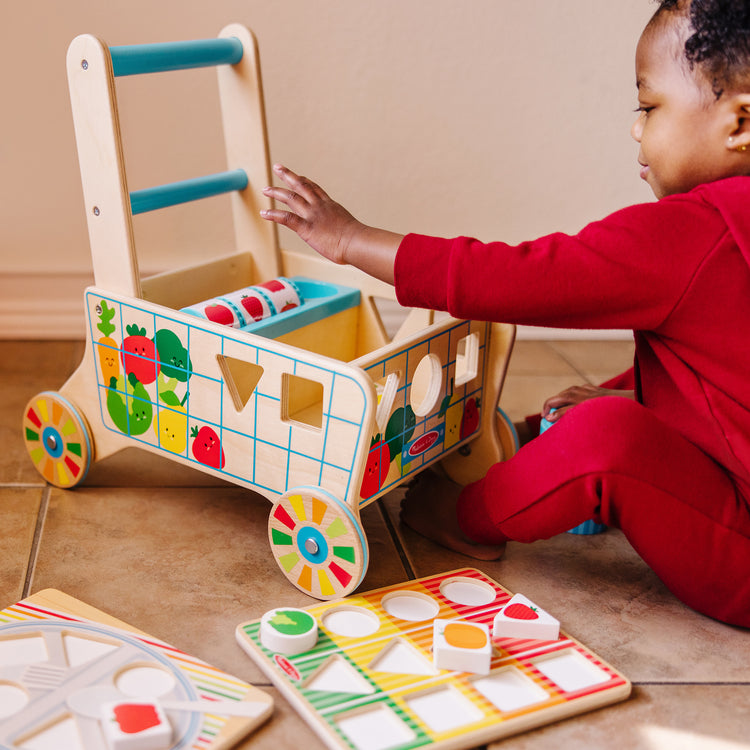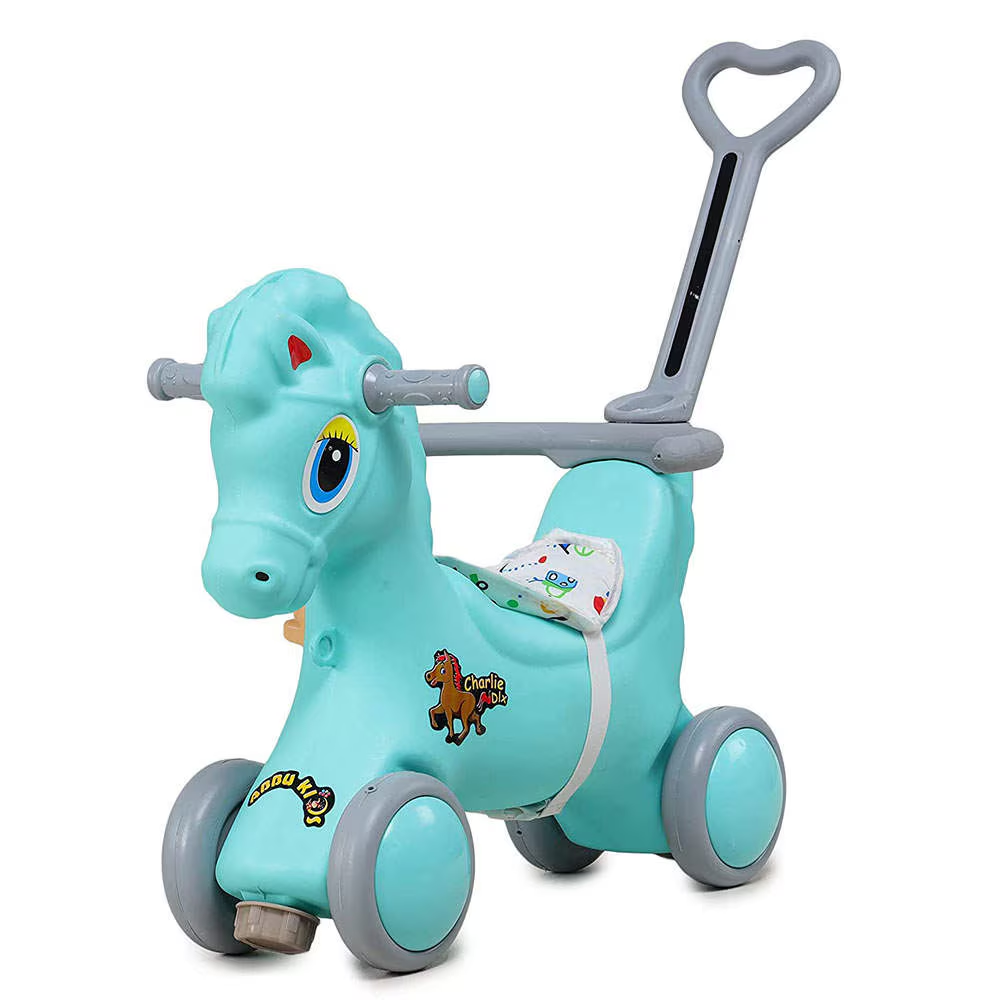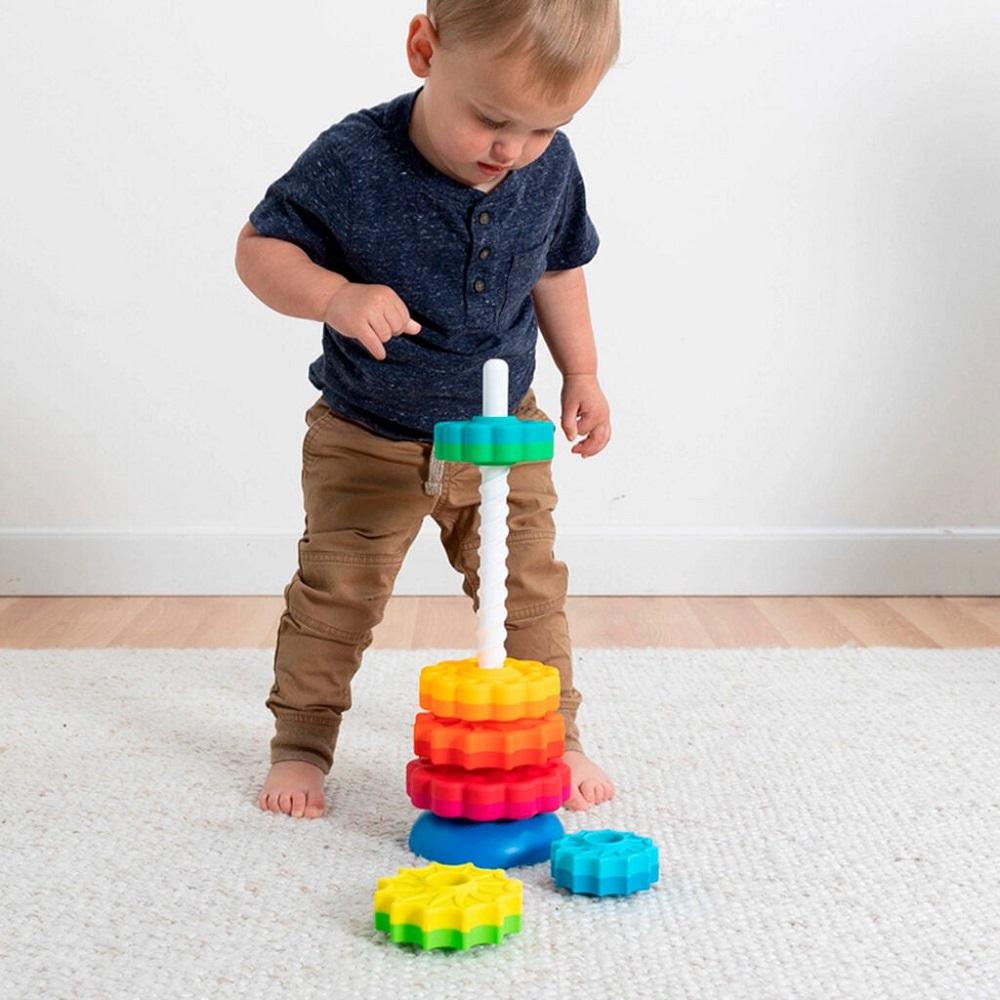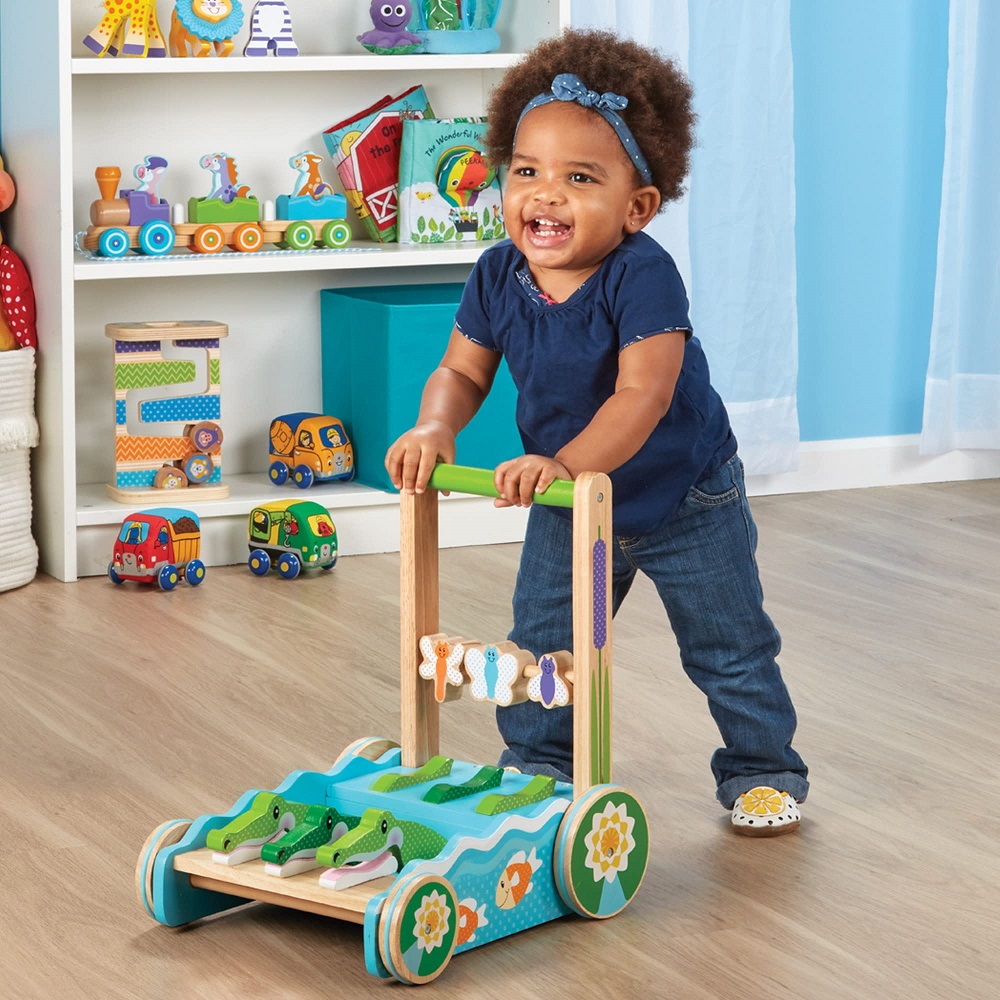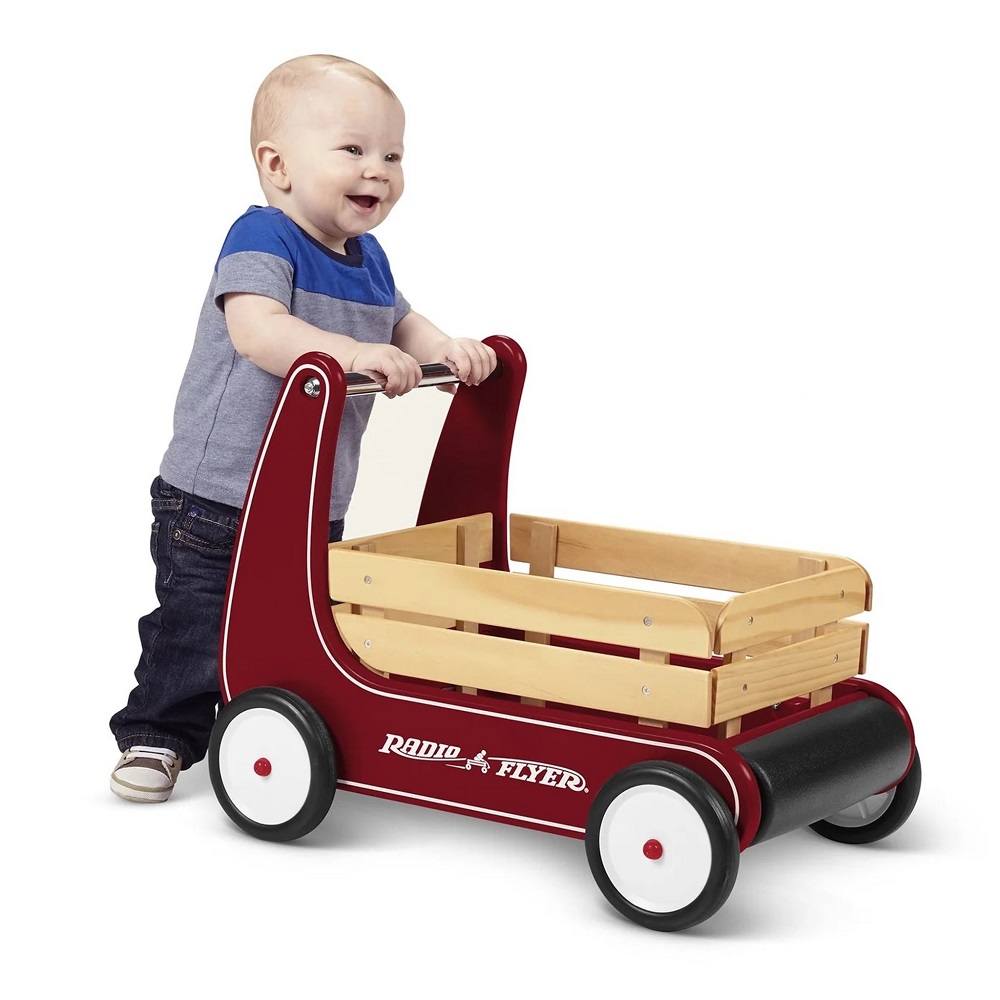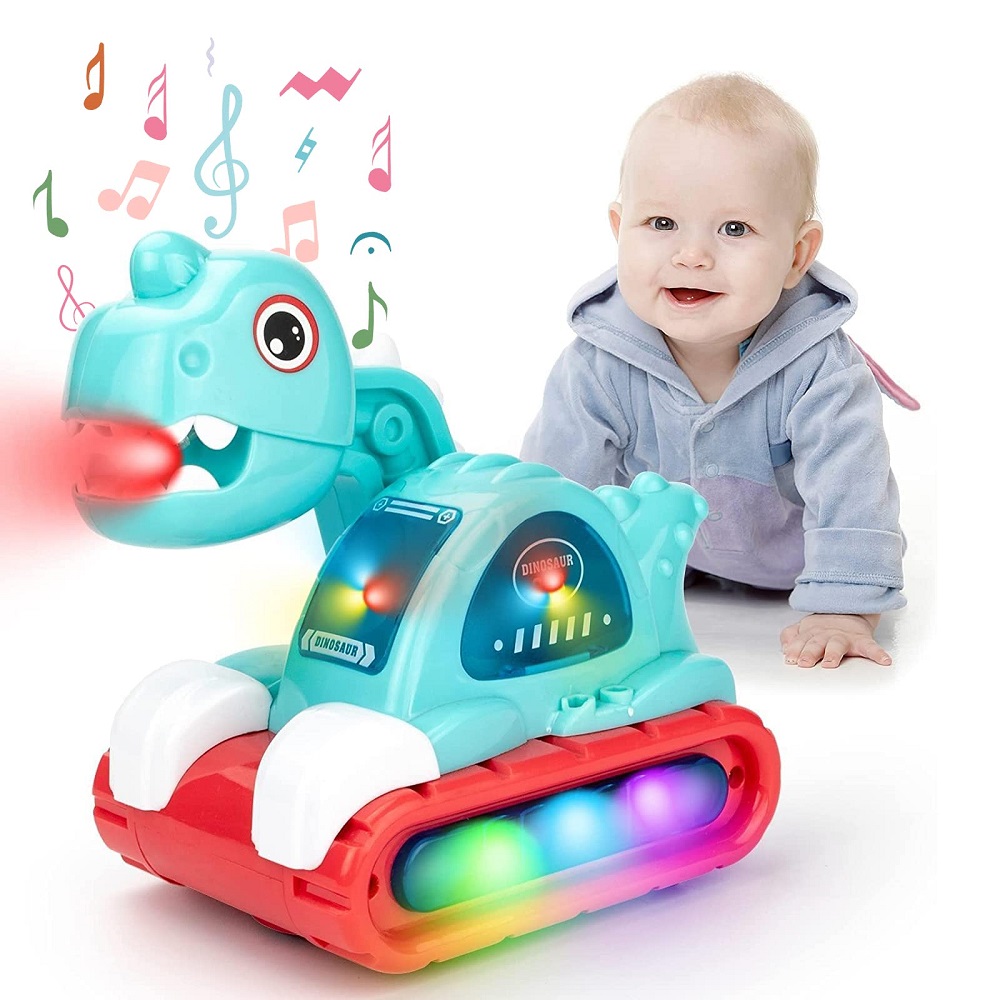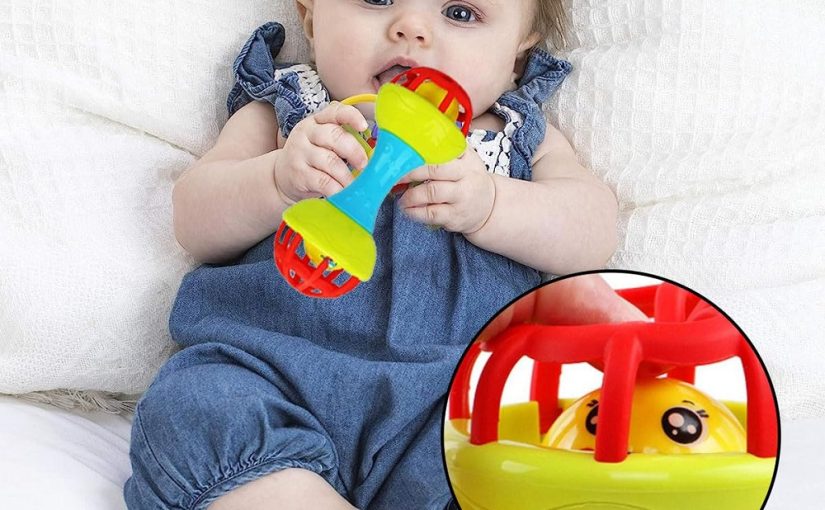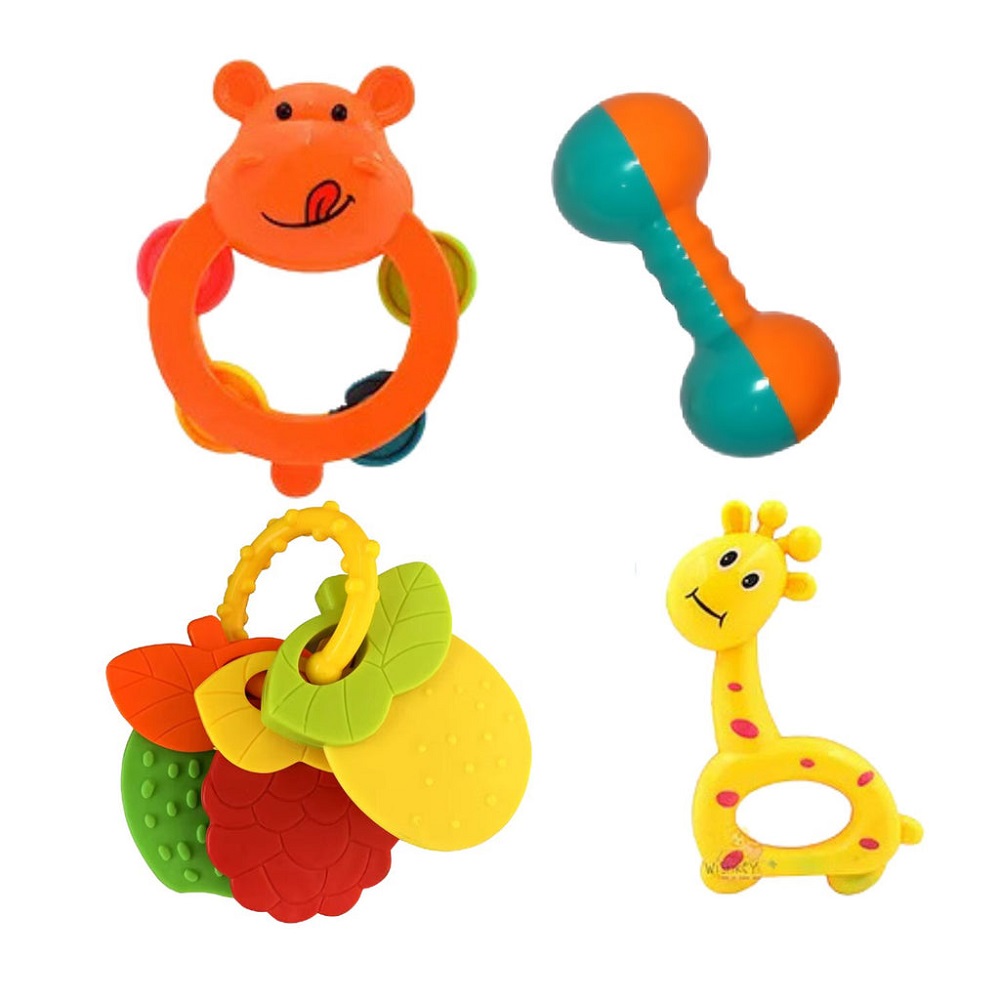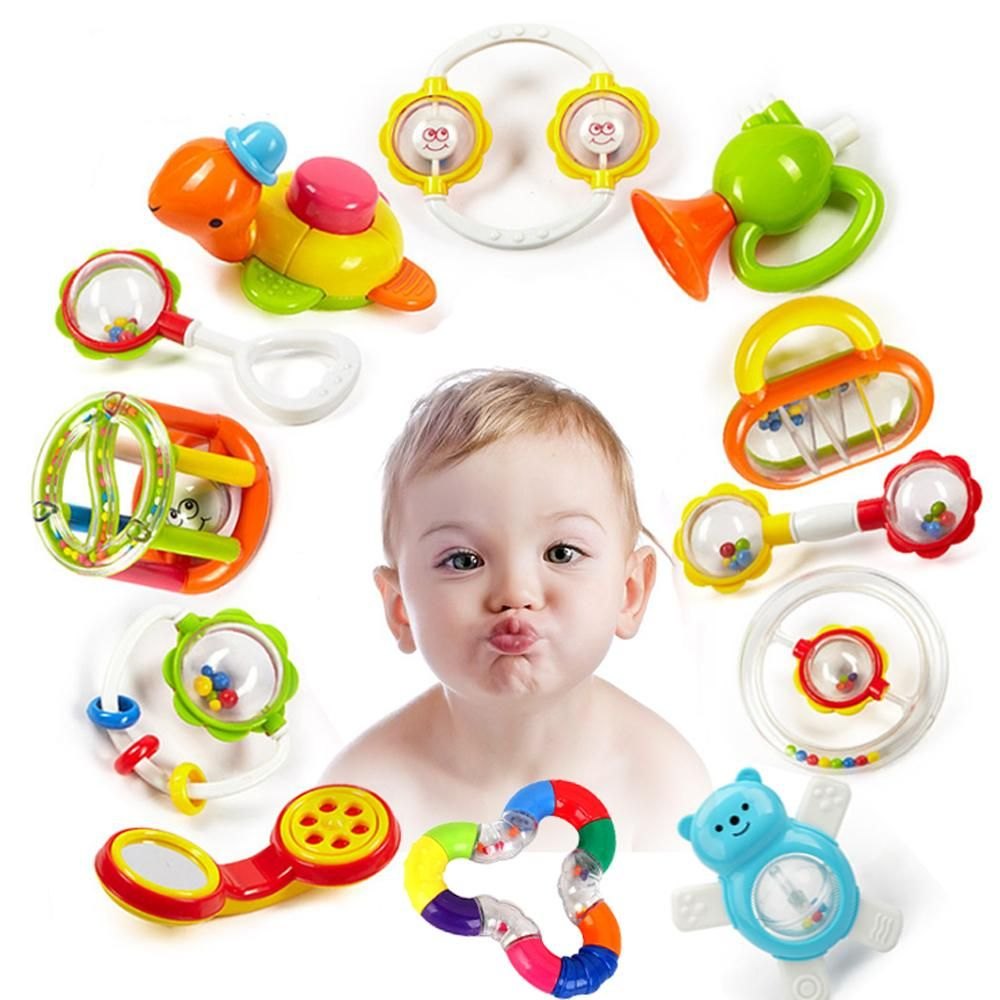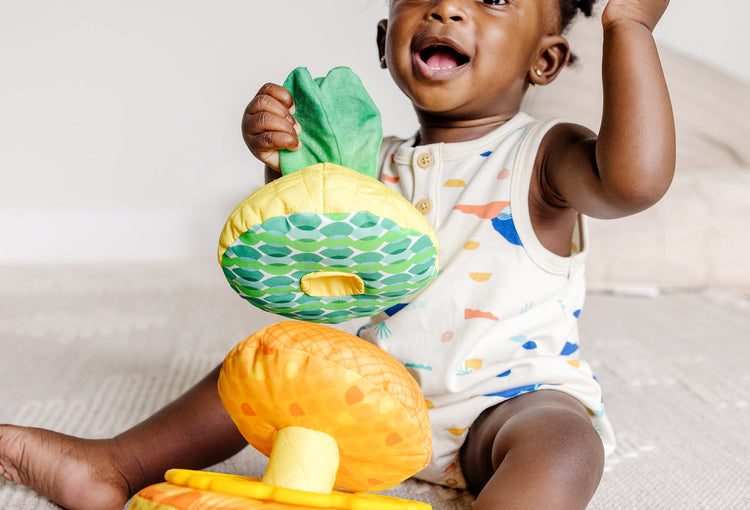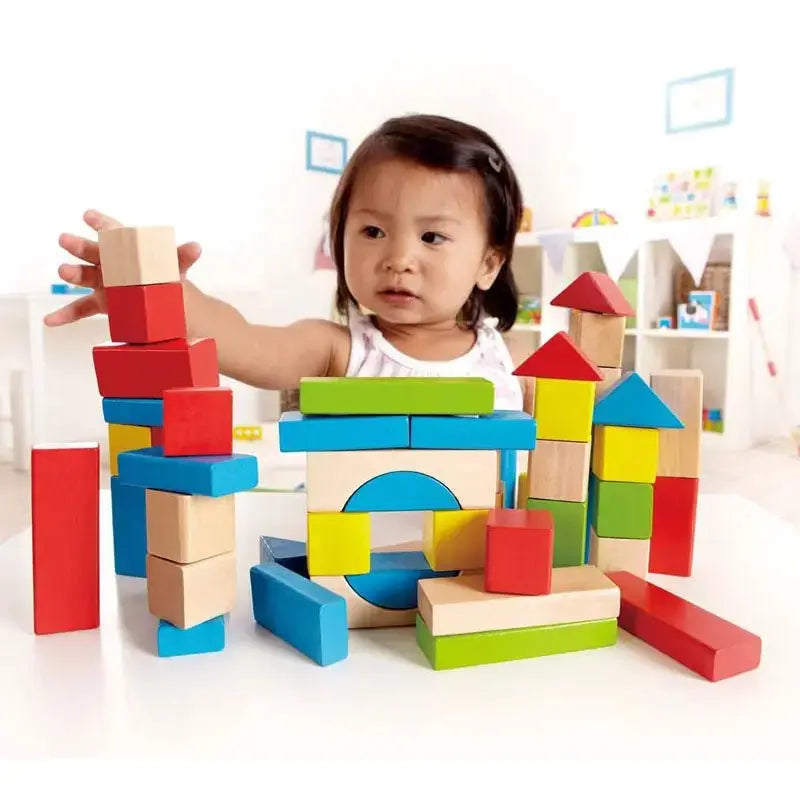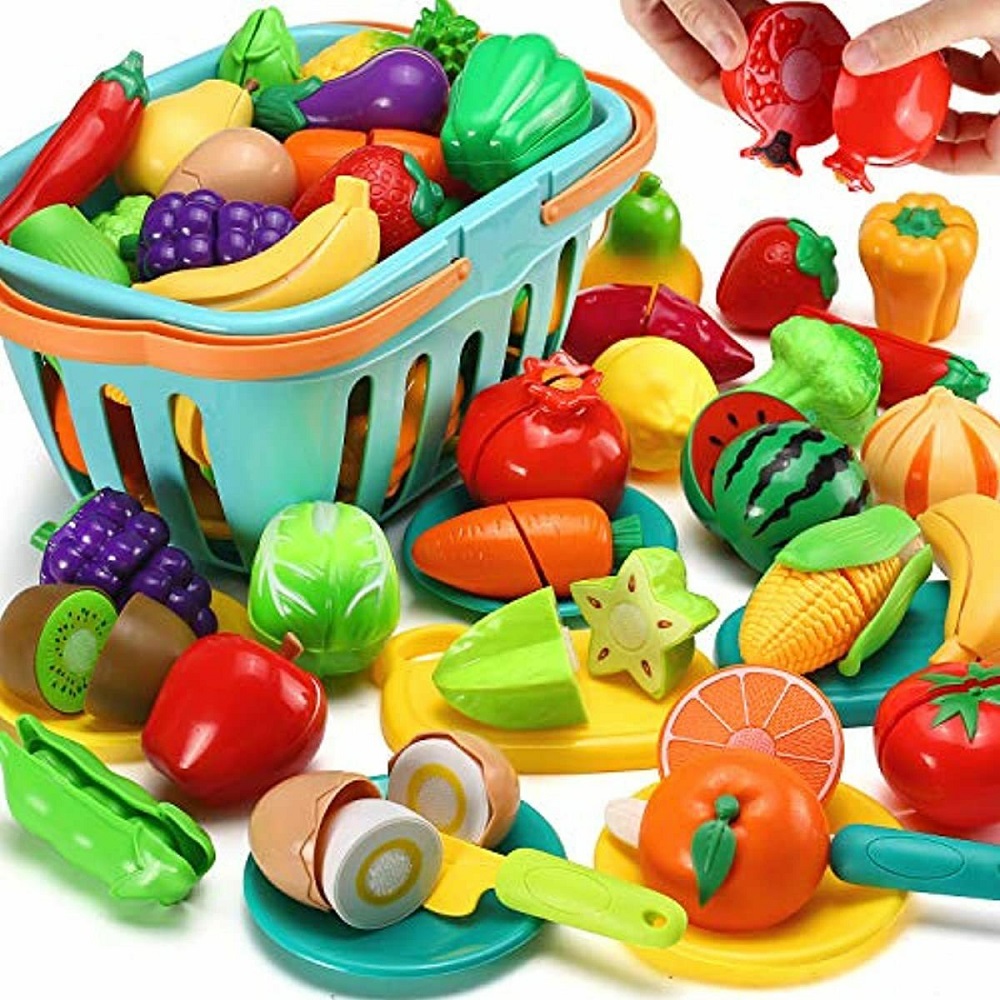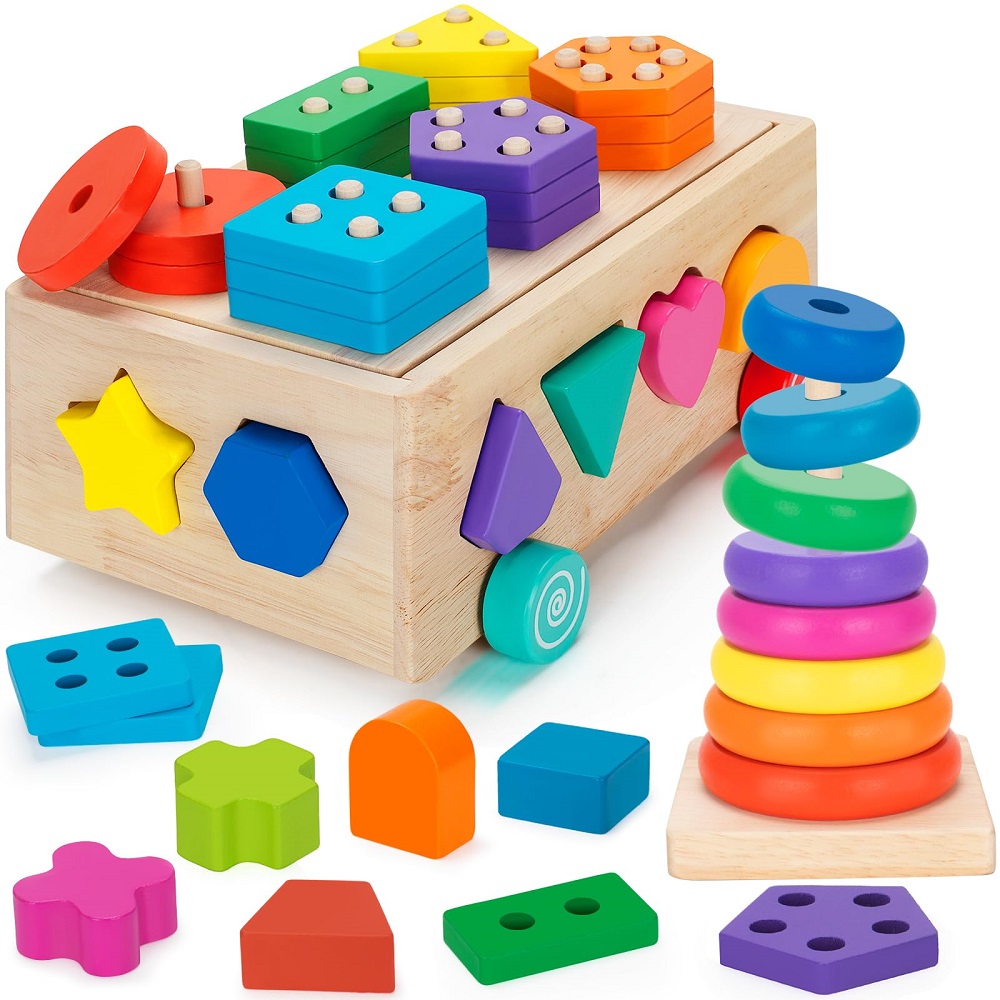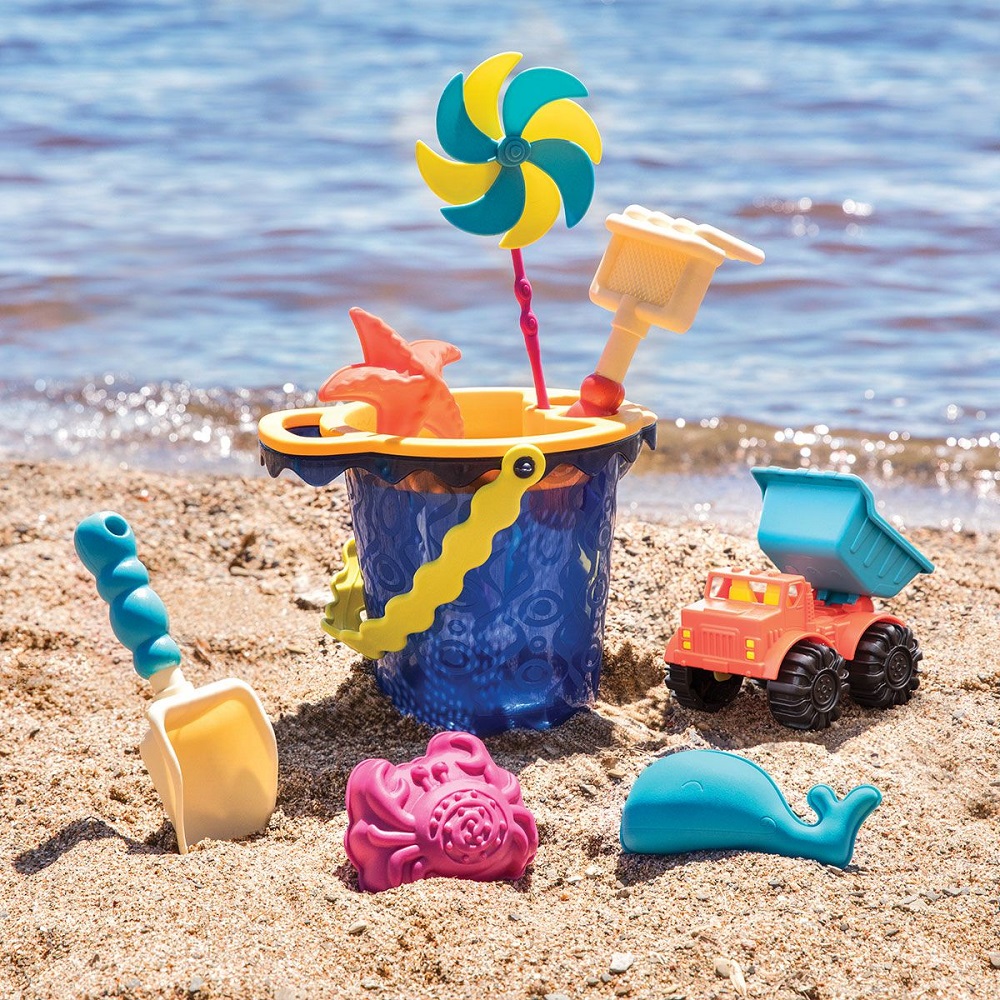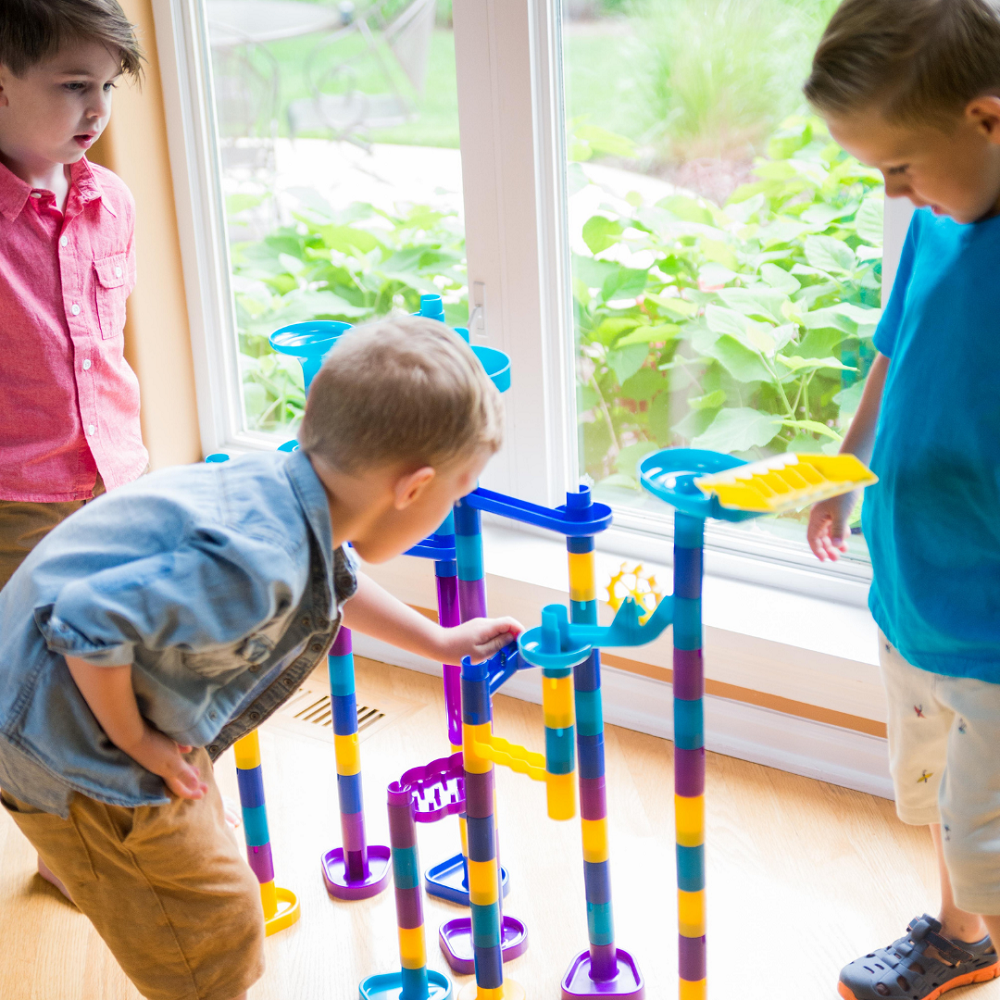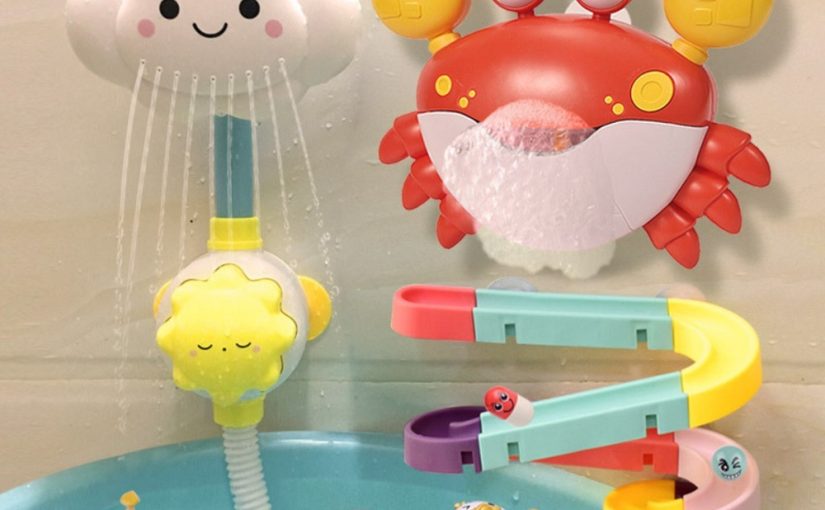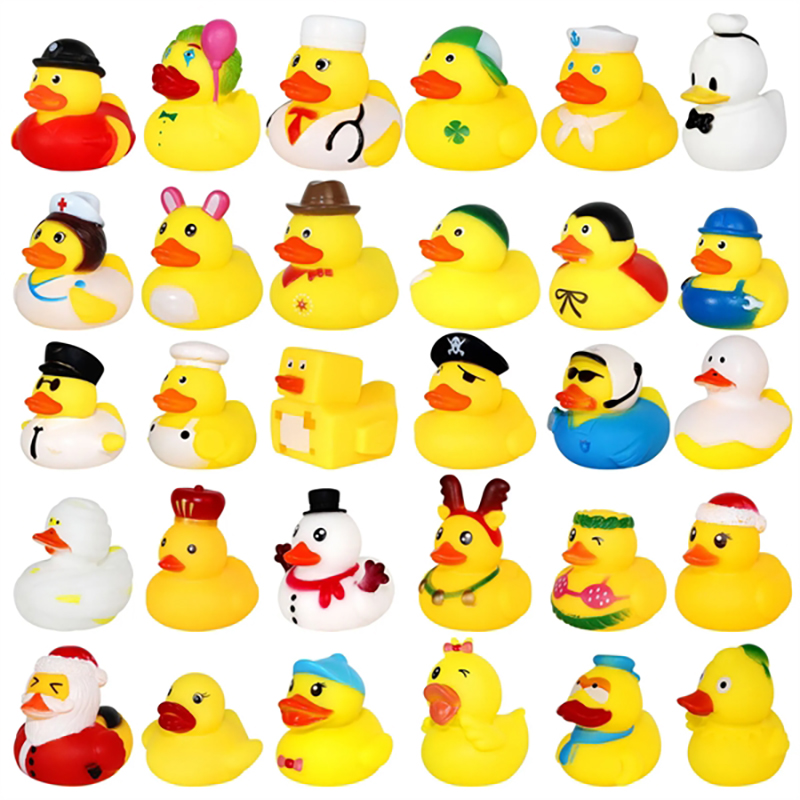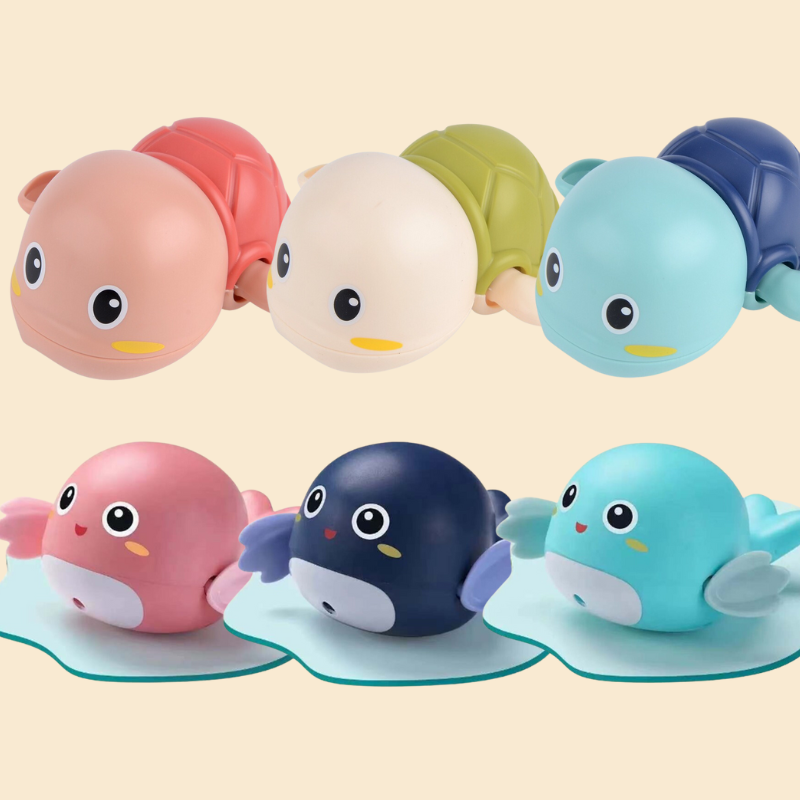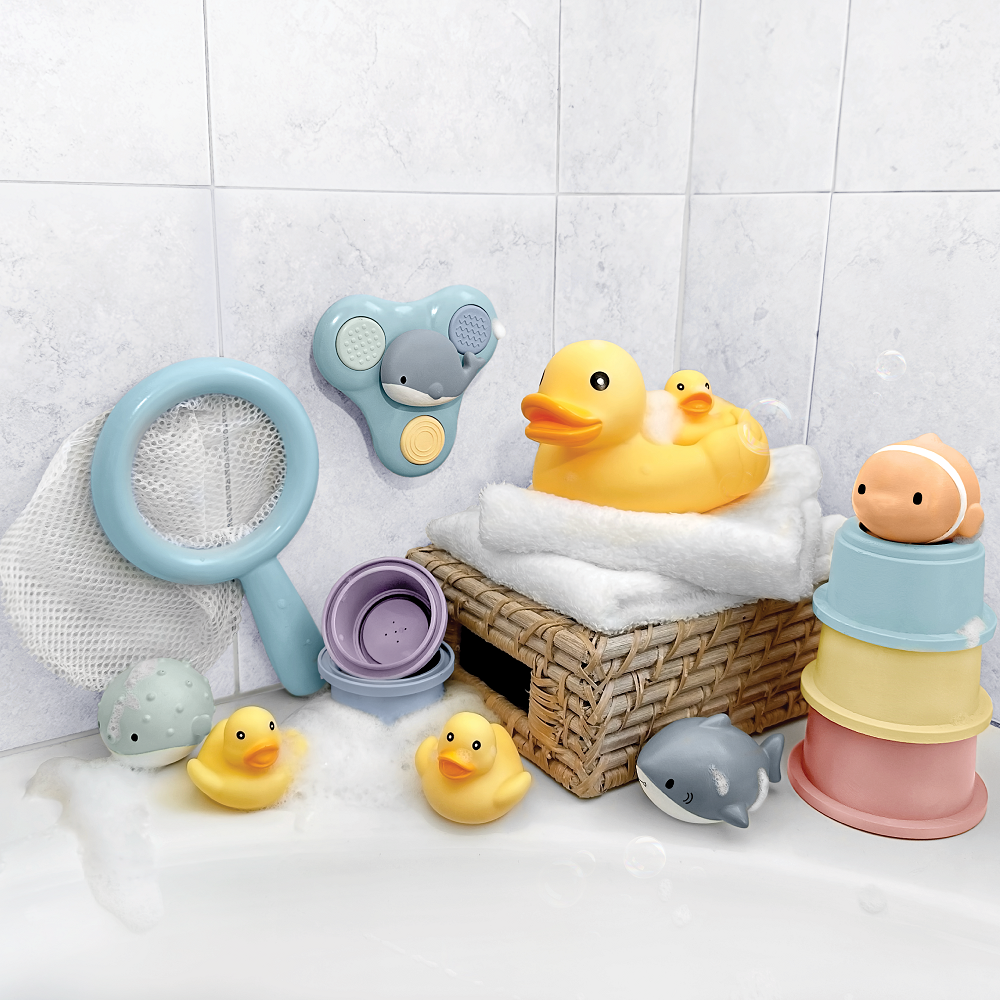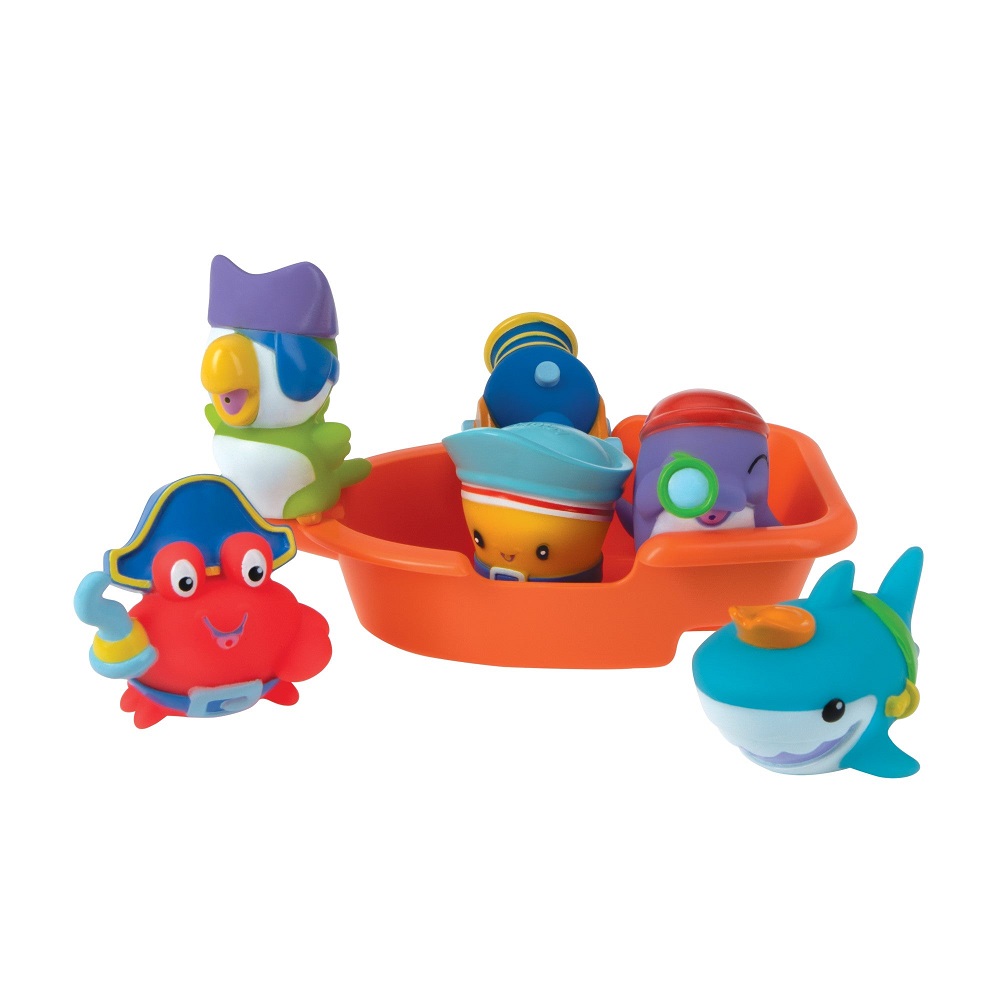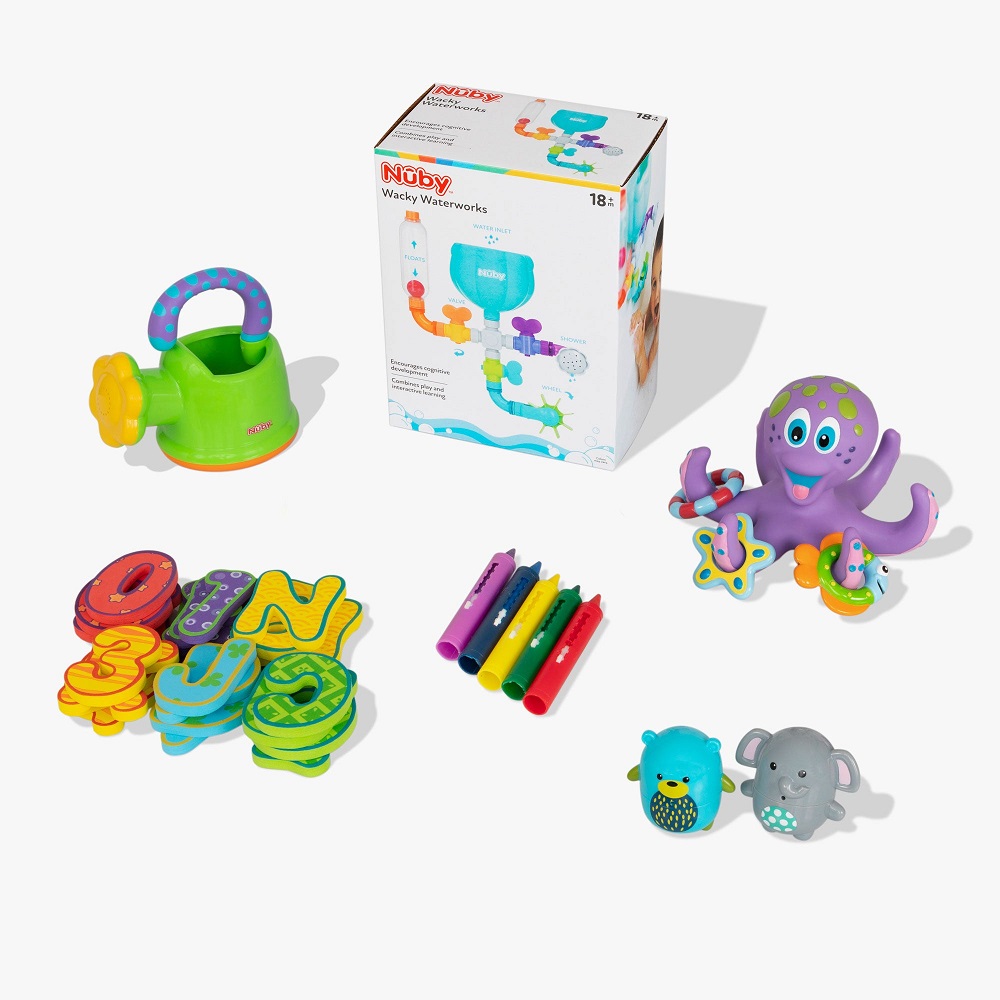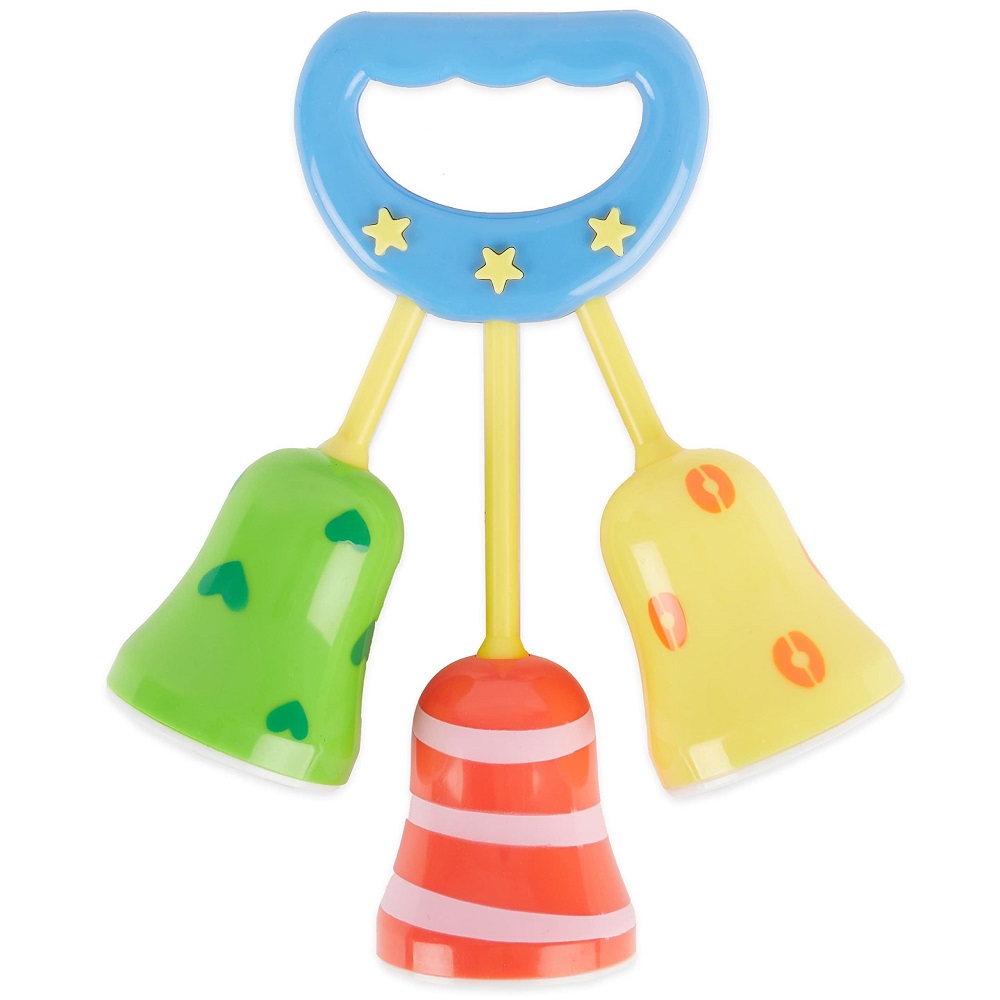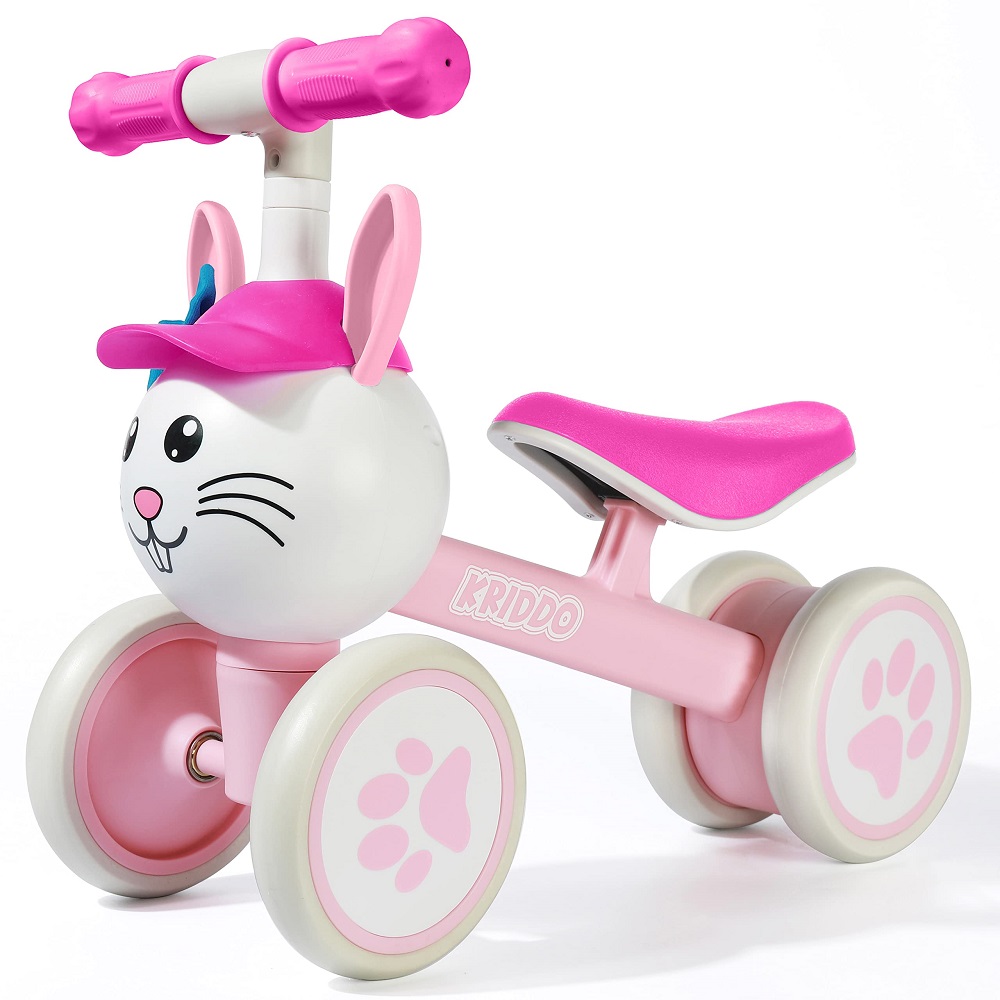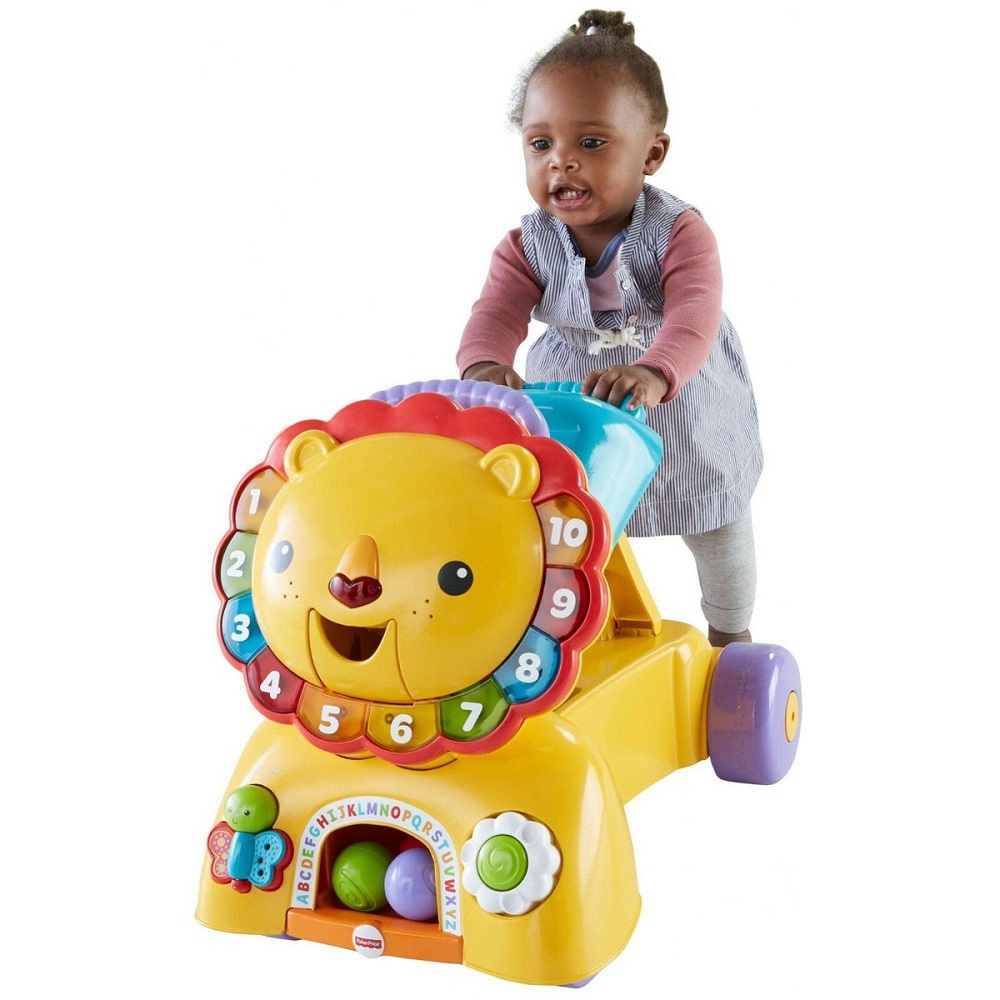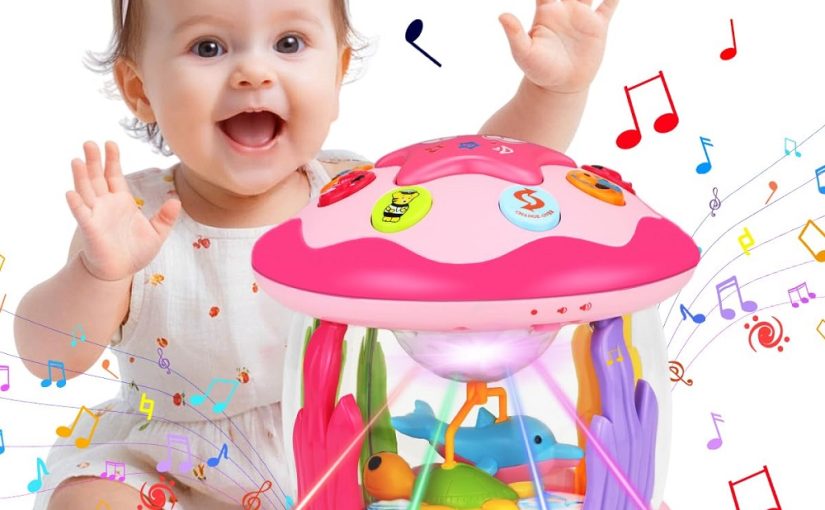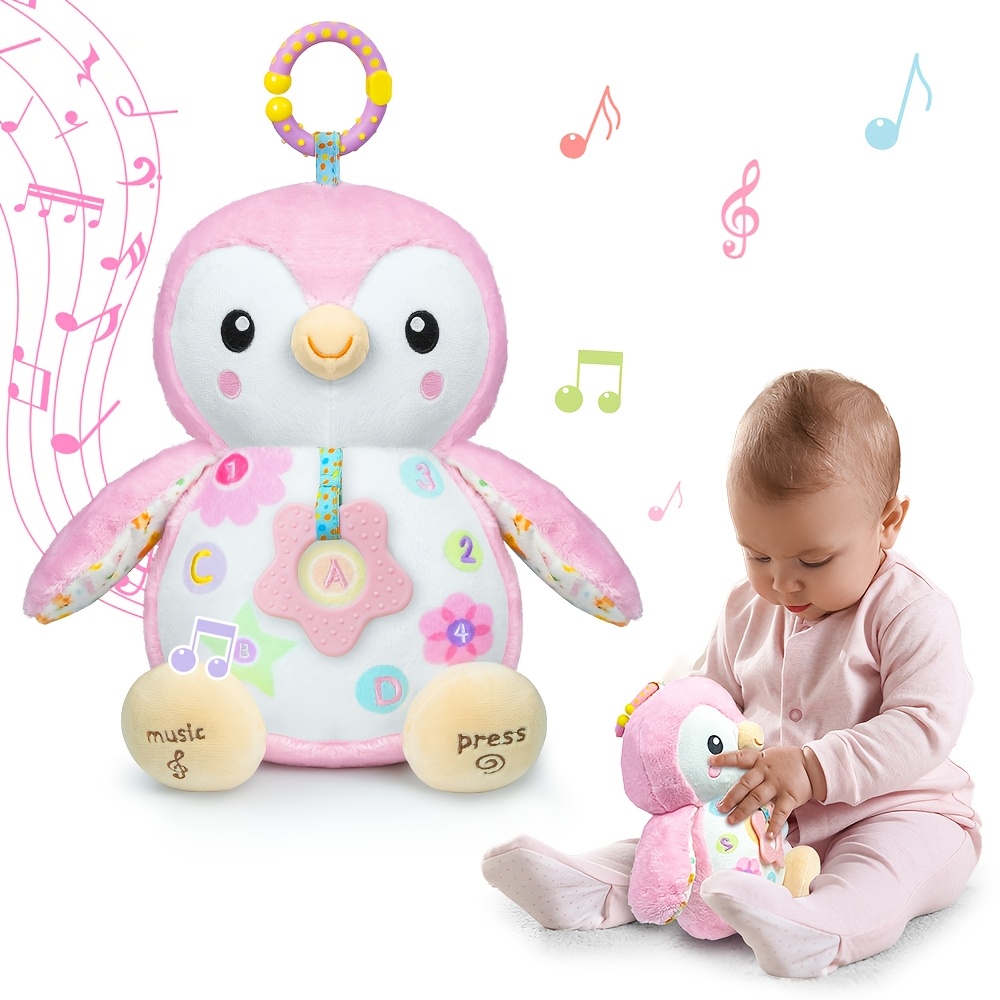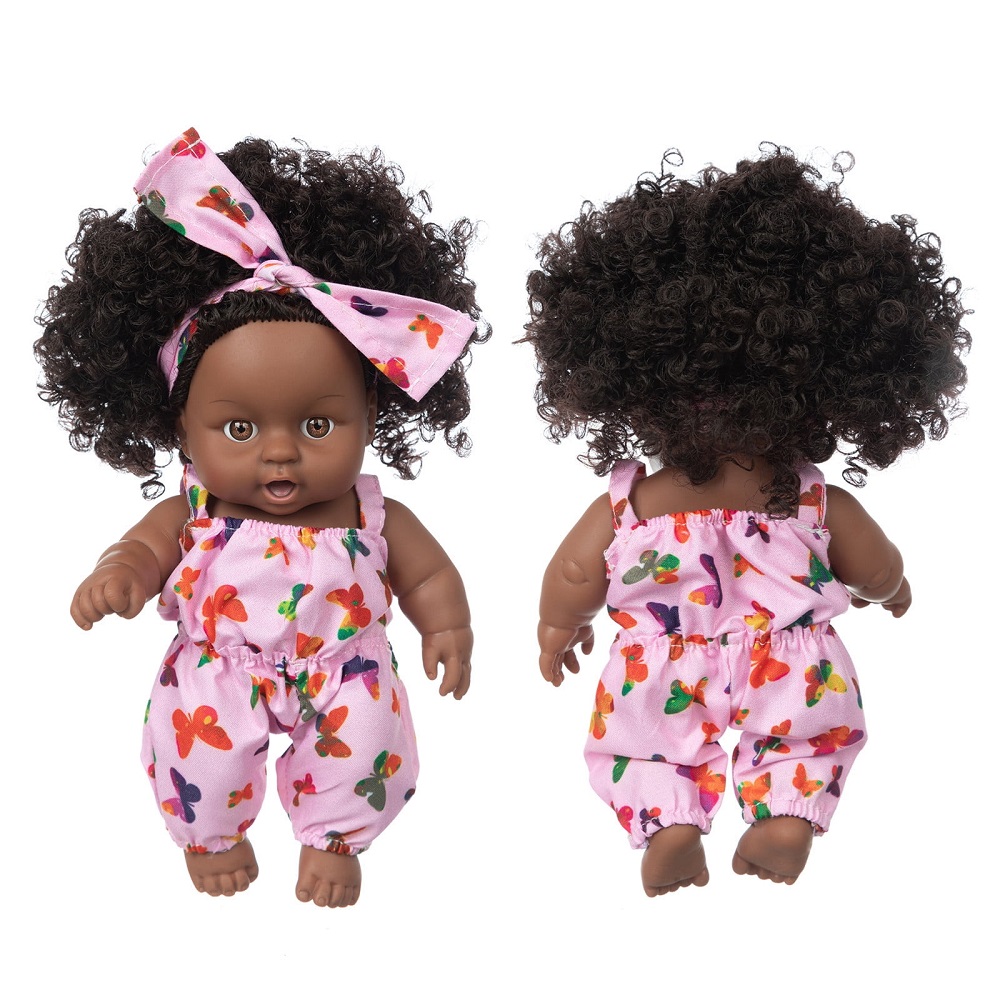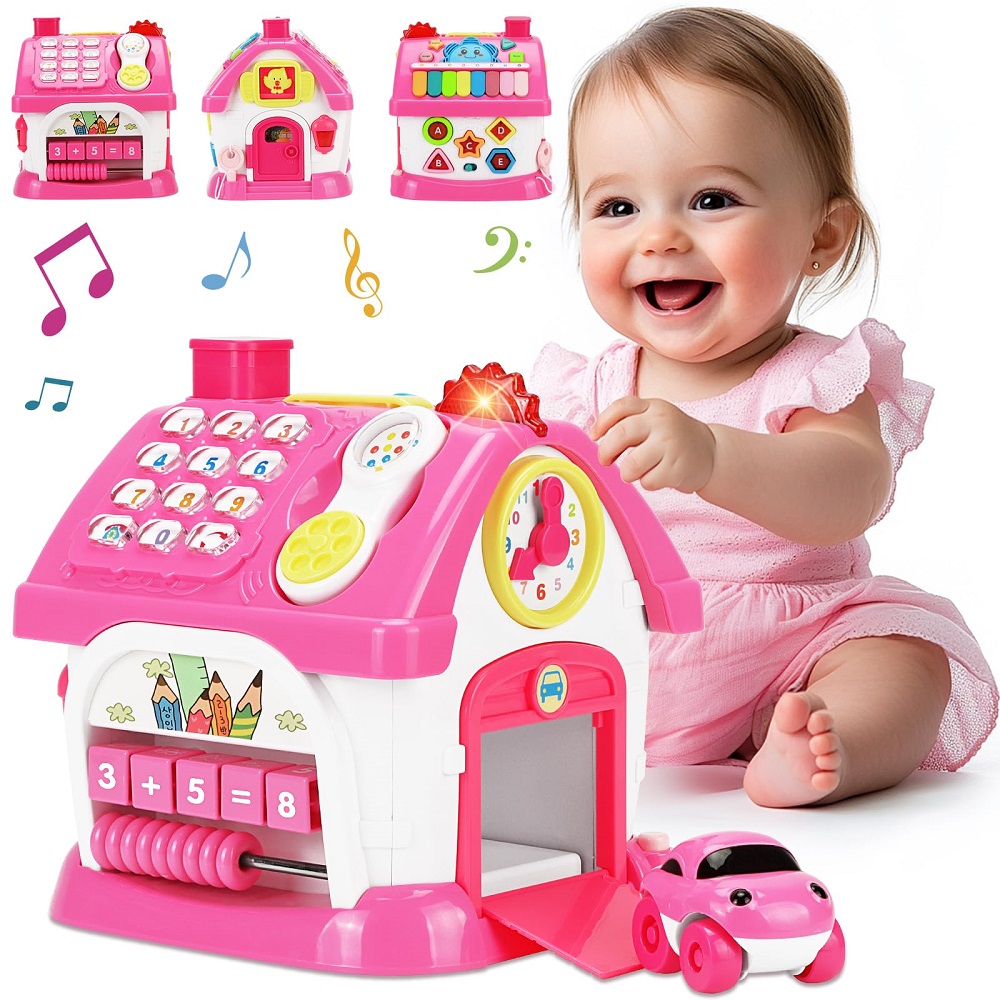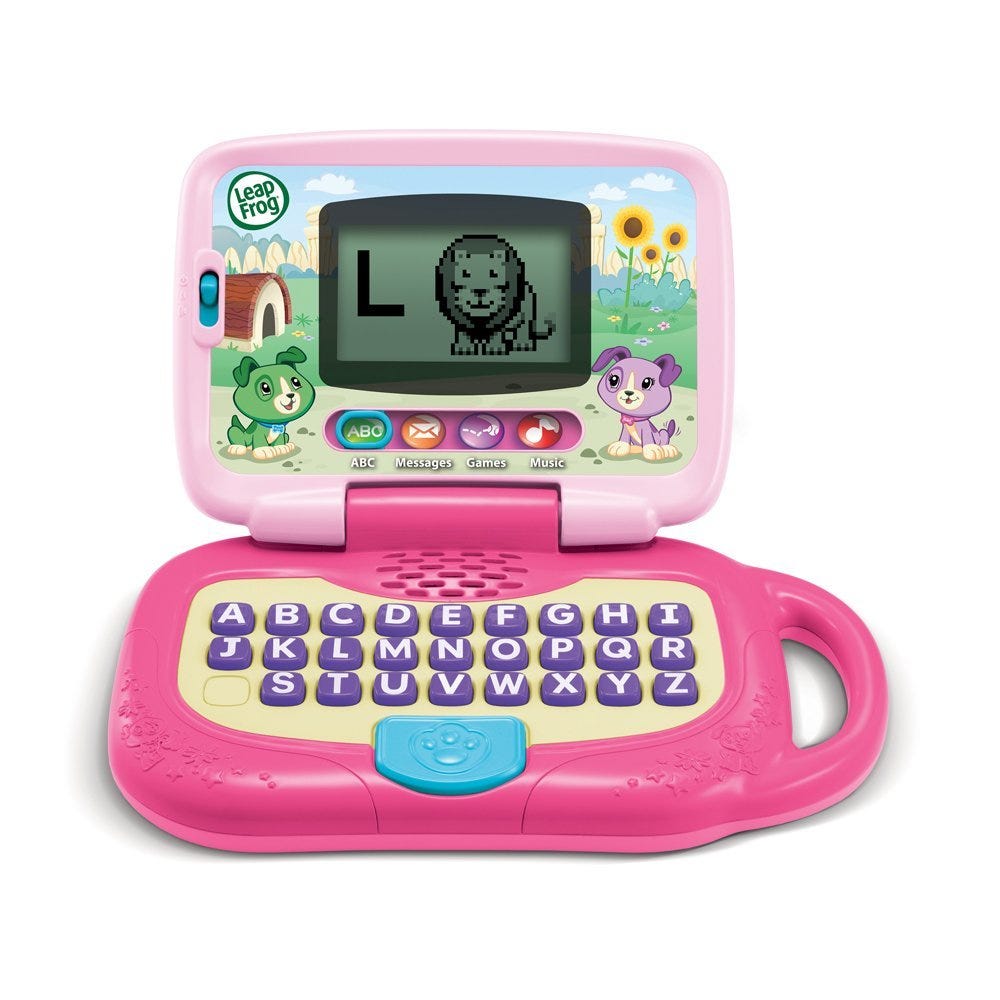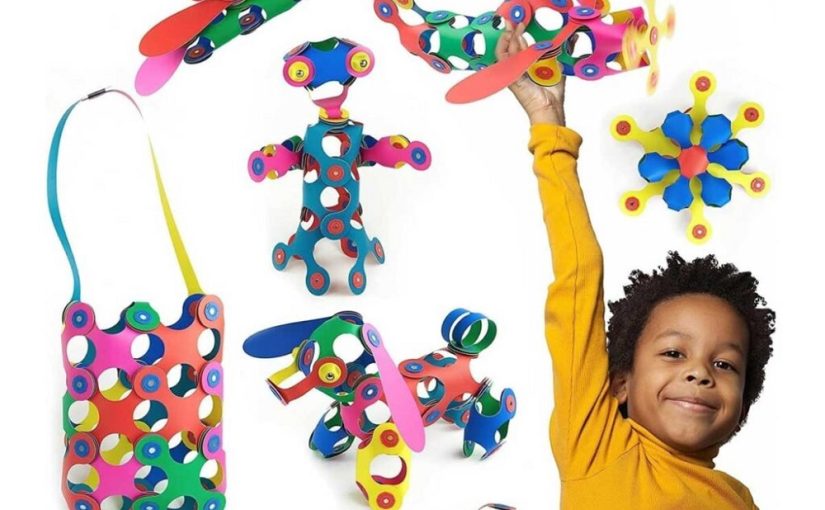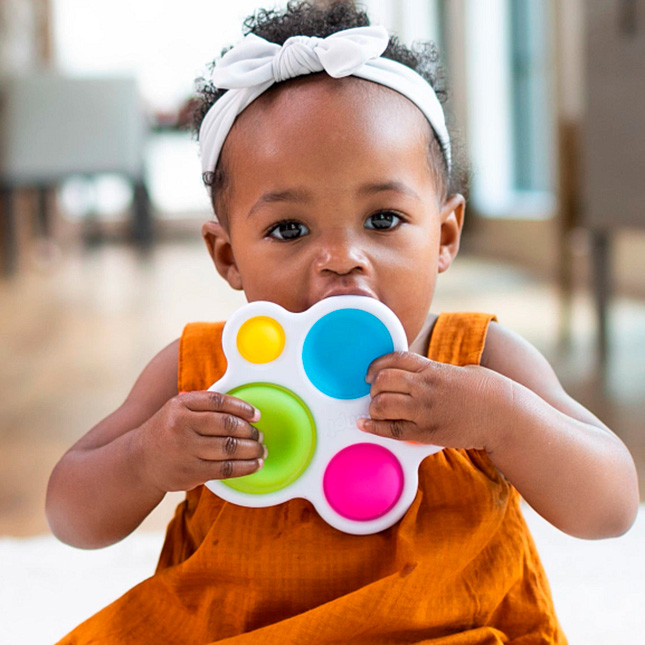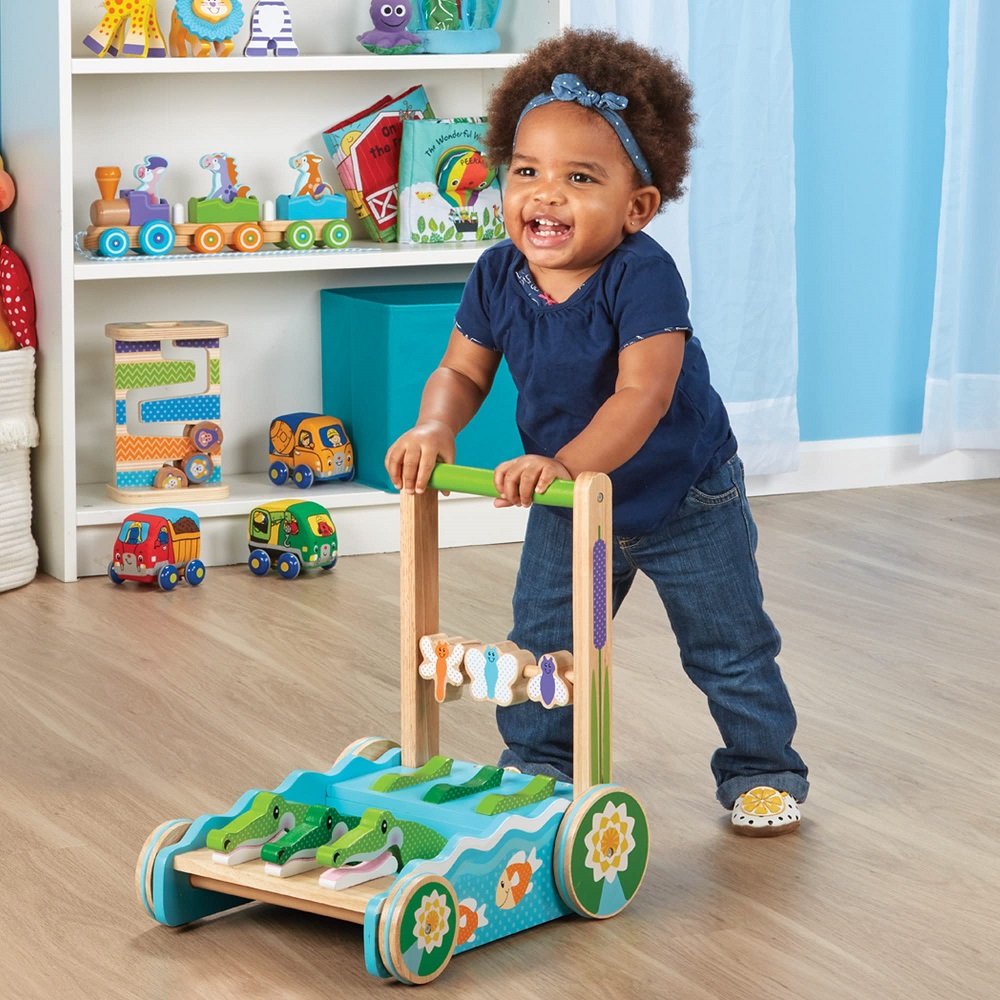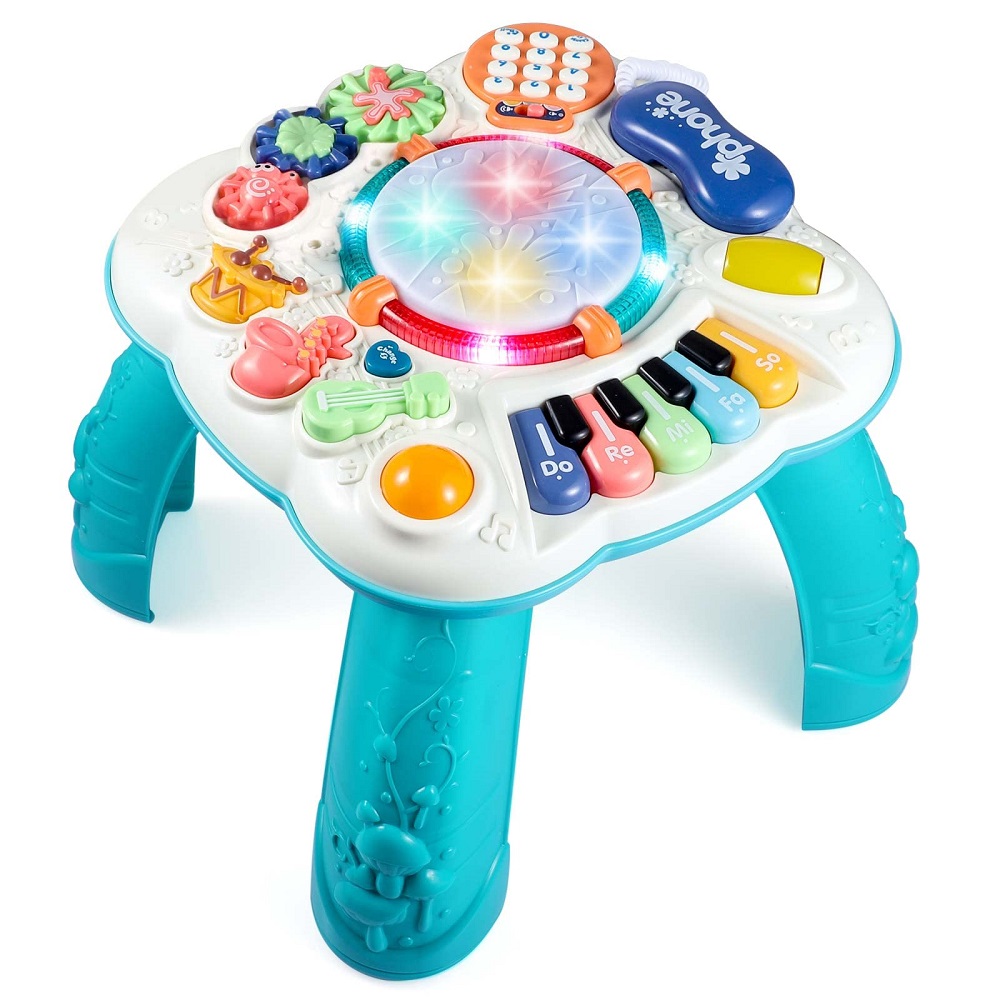At six months, babies are filled with curiosity and energy. This is a crucial stage in their development, as they begin exploring their surroundings more independently. At this age, babies start to develop their fine motor skills, cognitive abilities, and sensory awareness, making playtime an exciting opportunity for growth. Choosing the right toys is essential for ensuring safety and promoting developmental milestones. This article offers a comprehensive guide to safe and fun baby toys for 6 month old, focusing on their benefits for development and well-being.
Developmental Milestones at 6 Months
At six months, babies undergo significant developmental changes. These changes prepare them for more complex learning. Cognitive and physical skills start to emerge as they explore their surroundings.
Cognitive and Physical Growth
By six months, babies develop better hand-eye coordination. They start reaching for objects and gripping toys. They may also begin to roll over and sit with support. Their curiosity grows as they explore textures and sounds. Cognitive growth includes recognizing faces and reacting to familiar voices. These milestones help their brains and bodies grow together. Toys that encourage problem-solving and movement can support this growth.
Importance of Tactile and Sensory Stimulation
Touch and sensory interactions are vital at this age. Babies discover the world through their senses. Toys that offer varied textures are excellent for tactile exploration. Sensory toys with sounds, colors, or movement engage their senses. These toys boost brain development and help them learn to interact with their environment. Parents can use toys to introduce new sensory experiences safely. Stimulating sensory growth improves focus and emotional connection.
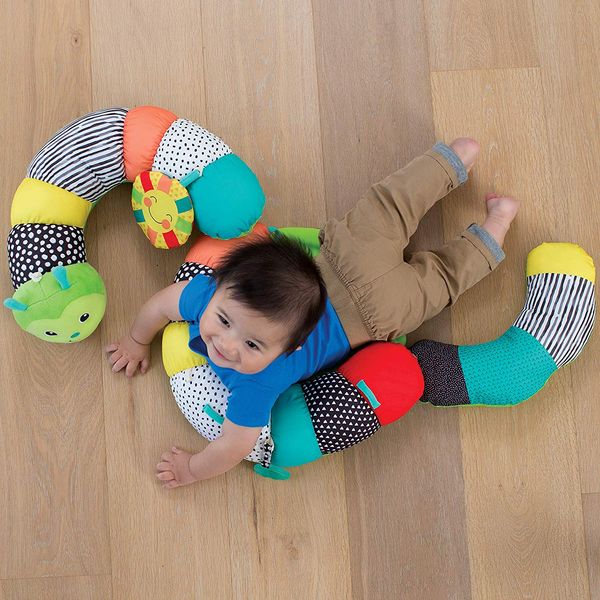
Safety Considerations for Baby Toys
Keeping safety in mind is essential when selecting baby toys for 6 month old. At this age, babies explore the world using their hands and mouths, making safe toy choices a top priority. Knowing what to look for and what to avoid can ensure a safe playtime experience.
Key Safety Features to Look For
When choosing baby toys for 6 month old, look for the following key safety features:
- Non-Toxic Materials: Ensure toys are BPA-free and made from safe, non-toxic materials. Labels should confirm compliance with safety standards.
- No Small Parts: Avoid toys with small parts that can pose a choking hazard. Toys should be large enough not to fit entirely into a baby’s mouth.
- Strong Construction: Select toys that are durable and free from sharp edges. They should withstand frequent handling and chewing.
- Soft Edges: Toys with rounded, smooth edges prevent injuries during play.
- Secure Attachments: For toys with buttons, beads, or moving parts, ensure they are securely attached and won’t break off.
- Washability: Choose toys that are easy to clean, as babies frequently put toys in their mouths. Check for machine-washable or wipeable options.
Common Hazards to Avoid
Understanding common hazards ensures you can keep your baby safe during playtime:
- Choking Risks: Avoid toys with loose parts, detachable pieces, or small components. These can be dangerous if swallowed.
- Toxic Paints and Materials: Steer clear of toys with questionable materials, such as lead-containing paints. Choose certified non-toxic toys.
- Long Strings or Cords: Toys with cords longer than 12 inches can be a strangulation hazard. Opt for cord-free or shorter options.
- Sharp or Pointy Edges: Inspect all toys for jagged, sharp, or angular edges that could hurt your baby.
- Battery-Operated Toys: If using battery-powered toys, ensure the battery compartment is securely closed and requires a tool to open. Exposed batteries are hazardous if swallowed.
- Suffocation Risks: Avoid plastic wrapping or packaging that could pose a suffocation danger.
By focusing on these safety considerations, you can provide your baby with a fun and secure play environment. Choosing wisely ensures toys contribute positively to their growth and learning.
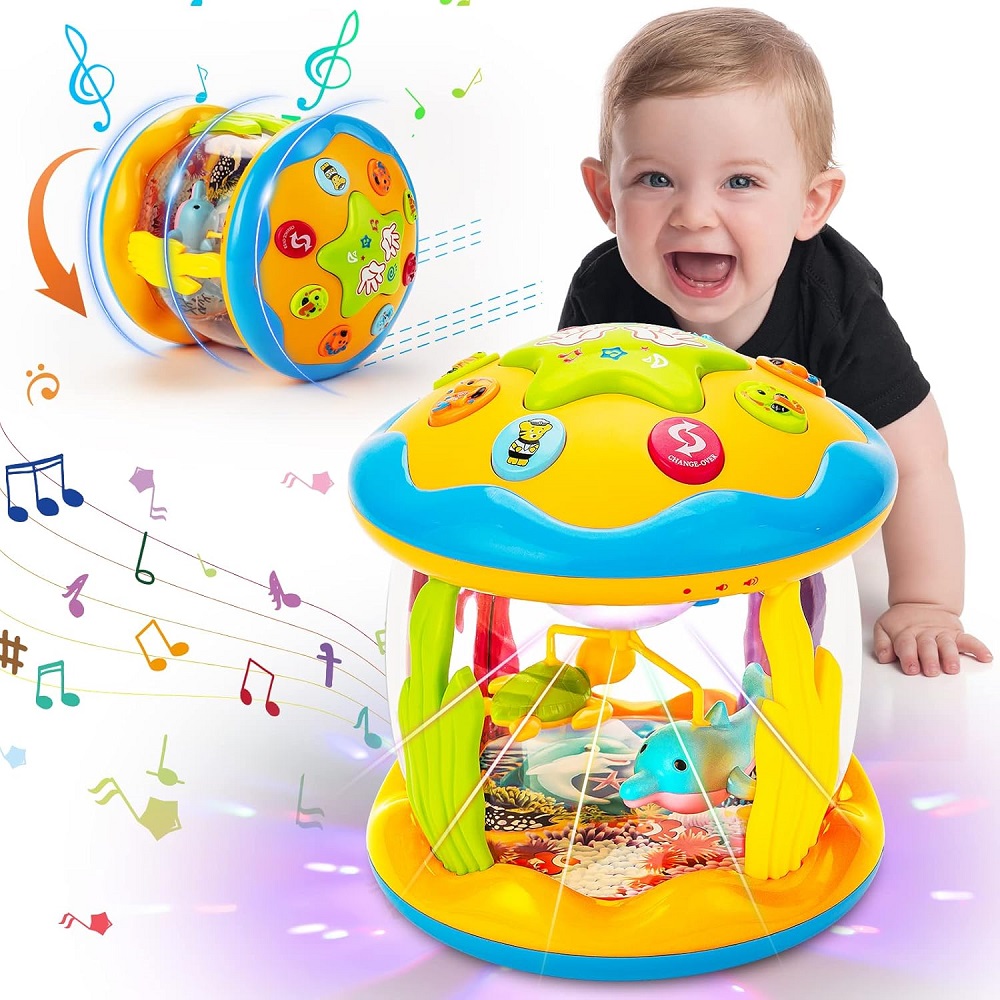
Types of Toys for 6-Month-Olds
Providing the right baby toys for 6 month old is essential for their growth and engagement. Babies at this age benefit most from toys that match their developmental stage and preferences.
Soft and Plush Toys
Soft and plush toys are perfect for comfort and cuddling. These toys often become a baby’s first favorites. Choose toys made from hypoallergenic and washable materials. Look for plush animals or dolls with embroidered features for safety. Soft toys help nurture emotional connections while offering tactile stimulation during play.
Teething Toys
Teething toys soothe gums as babies start teething. Look for BPA-free and non-toxic options. Toys with textured surfaces can provide relief and sensory stimulation. Silicone or rubber teething rings are durable and safe. Some teething toys can be chilled in the fridge for added comfort.
Activity Gyms and Play Mats
Activity gyms and play mats encourage movement and exploration. These toys often include hanging objects for babies to reach for. Ensure play mats have soft padding for comfort and safety. Multi-sensory designs with mirrors, textures, and sounds keep babies engaged. These toys aid muscle development and coordination.
Rattles and Interactive Toys
Rattles and interactive toys boost sensory and motor skills. Look for colorful rattles with securely attached parts. Toys with buttons, lights, or sounds are excellent for stimulating curiosity. Interactive features encourage babies to respond and learn cause-and-effect relationships. Durable designs ensure these toys last through rigorous play.
Sensory Toys and Their Benefits
Sensory toys play a critical role in the development of 6-month-old babies. At this stage, their senses are rapidly evolving, and the right toys can encourage this growth. These toys engage sight, sound, and touch, helping babies explore their environment while supporting cognitive and sensory development.
Visual Stimulation with High-Contrast Colors
High-contrast colors are especially captivating for 6-month-olds. Toys with bold patterns, such as black-and-white designs, grab their attention effectively. This visual stimulation sharpens a baby’s focus and enhances visual tracking skills. Toys like colorful mobiles, picture books, or patterned blocks are excellent options. These toys boost recognition and curiosity as babies learn to differentiate shapes and colors.
Toys for Auditory Stimulation
Auditory toys encourage babies to use their sense of hearing. Rattles, musical toys, and bells are fantastic for this purpose. These toys help babies understand cause and effect as they shake or press buttons to create sounds. Rhythmic sounds also soothe and entertain babies. Choose toys with gentle and varied tones to avoid overwhelming their delicate hearing.
Touch and Texture Exploration
Textures introduce babies to the tactile world. Toys with varying materials like soft fabric, smooth plastic, or ridged rubber are ideal. Sensory balls, textured rings, and plush toys stimulate their sense of touch. Babies love exploring surfaces with their hands and mouths, which builds curiosity and fine motor skills. Introducing different textures early expands their sensory experiences.
Sensory toys are more than just entertainment; they teach babies about the world. By combining visual, auditory, and tactile elements, these toys create a balanced foundation for growth and learning.
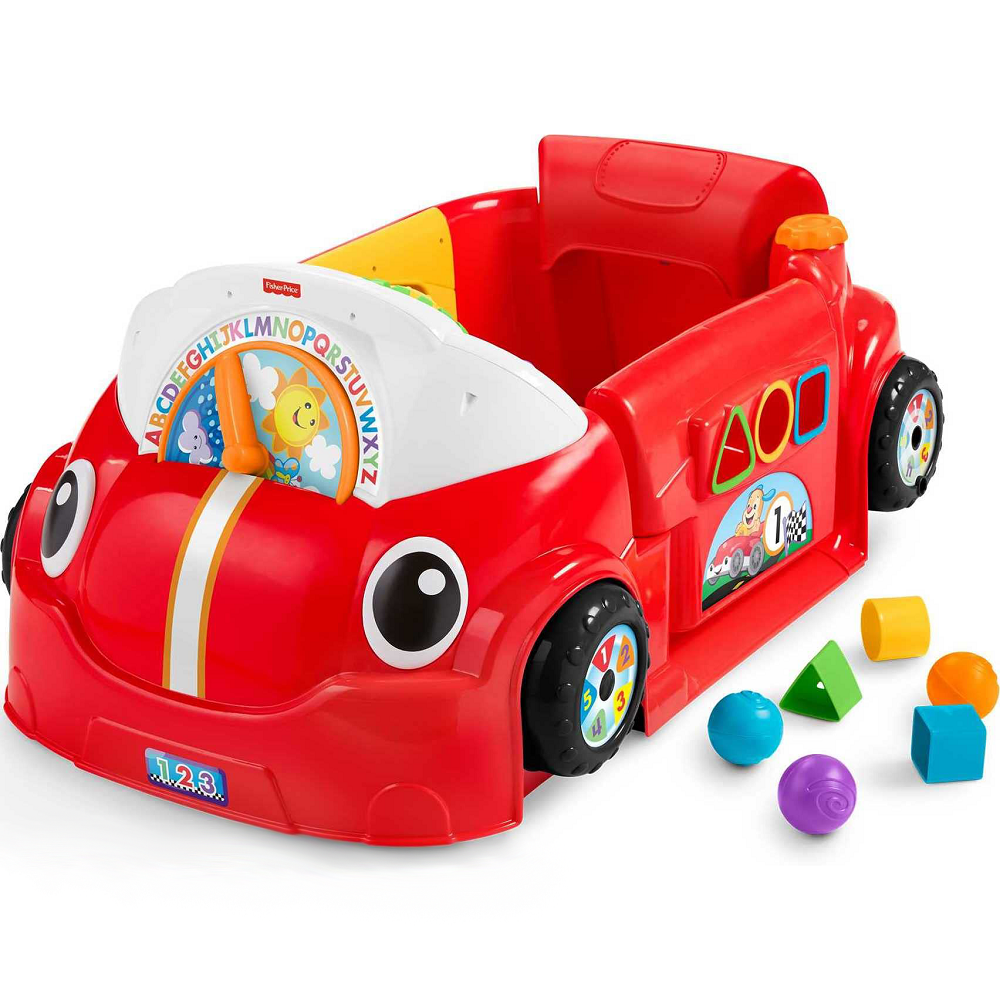
Best Materials for Baby Toys
Choosing the right materials for baby toys is crucial. High-quality and safe materials ensure toys support your baby’s development without risks.
BPA-Free and Non-Toxic Options
Babies often put toys in their mouths. BPA-free and non-toxic materials are vital for safety. Look for labels indicating compliance with safety standards. Silicone, rubber, and natural wood are great non-toxic choices. Avoid toys with harmful chemicals like lead, phthalates, or formaldehyde.
Eco-friendly options are gaining popularity and are safer for babies and the environment. These toys are made from sustainable, non-toxic products. Ensure your baby’s toys are certified for safety.
Importance of Easy-to-Clean Designs
Babies touch, chew, and drop their toys constantly. Easy-to-clean designs prevent germs and bacteria buildup. Look for toys that can be wiped, washed, or even machine cleaned. Waterproof options simplify cleaning and keep toys hygienic.
Avoid toys with fabric components that trap dirt and stains. Ensure plush toys are washable and labeled as safe for cleaning. Regular cleaning minimizes health risks for your child. This makes durable, washable materials the best choice for baby toys.
Tips for Choosing the Right Toys
Selecting the perfect baby toys for 6 month old can enhance their development. Focus on toys that are engaging, safe, and suitable for their growth stage. Thoughtful choices can make playtime both fun and educational.
Matching Toys to Your Baby?s Interests
Understanding your baby’s interests is key to choosing engaging toys. Observe what captures their attention during play. For example:
- Love for Sound: Choose toys like rattles or musical instruments.
- Curiosity about Colors: Opt for brightly colored blocks or high-contrast toys.
- Interest in Movement: Pick toys with rolling or spinning features.
- Enjoyment of Touch: Provide soft or textured toys for tactile exploration.
As babies grow, their interests may change. Regularly assess what excites them and adapt toy selections accordingly. Matching toys to their preferences keeps them engaged and supports learning.
Rotating Toys to Keep Engagement High
Rotating toys can keep your baby excited about playtime. Too many toys at once can overwhelm them. By rotating, you offer variety without overstimulating. Here’s how to do it:
- Organize Toys: Group toys into separate sets based on type or purpose.
- Set a Schedule: Rotate toys weekly or biweekly for variety.
- Reintroduce Favorites: Bring back older toys to rekindle interest.
- Limit Options: Offer a few toys at a time to reduce clutter.
Rotating toys encourages babies to explore new features and strengthens their focus. This approach makes playtime fresh and exciting every day.
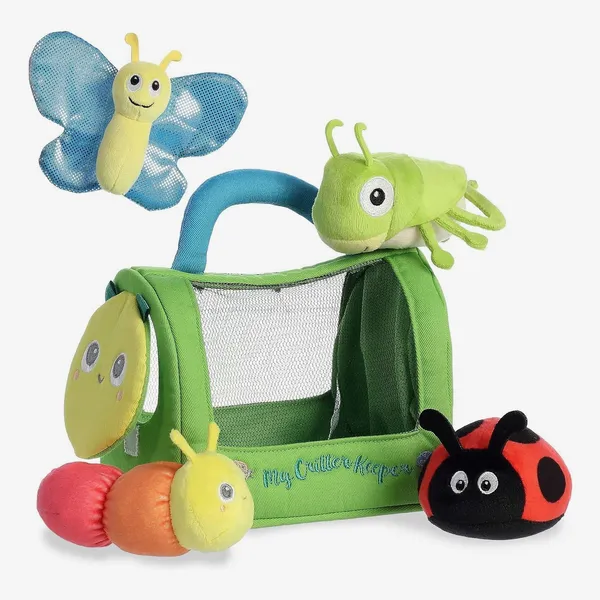
FAQs About Baby Toys for 6-Month-Olds
How Many Toys Does a 6-Month-Old Need?
A 6-month-old doesn’t need a large number of toys. Five to ten well-chosen toys are enough. Babies at this age explore deeply with a few items. Rotating these toys keeps them interested. Overloading with too many toys can cause distraction or overstimulation. Focus on quality, safety, and developmental benefits when selecting toys.
How to Introduce New Toys?
Introduce one new toy at a time. Place it within the baby’s reach and observe their reaction. Make sure they feel comfortable exploring the toy with their hands and mouth. Allow time for the baby to understand its textures, sounds, or features. Introducing too many new toys at once can confuse them. Gradually adding toys helps babies build curiosity and maintain focus.
When to Replace Baby Toys?
Replace toys if they show wear and tear or become unsafe. Look for signs like loose parts, frayed edges, or broken pieces. Update toys as your baby outgrows their developmental stage. For example, replace simpler toys with those that challenge their new skills. Periodically cleaning or discarding old toys also maintains hygiene and safety. Ensure replacements match their interests and abilities to encourage continued learning.
Recommended Brands and Products
Choosing trusted brands and effective products ensures safe and enjoyable playtime for your little one. Below, we highlight some top-rated baby toy brands and products loved by parents and babies alike.
Top-Rated Baby Toy Brands
- Fisher-Price: Known for durable and development-focused toys like activity gyms and rattles.
- VTech: Offers interactive learning toys with lights, sounds, and tactile features.
- Melissa & Doug: Popular for their high-quality plush toys, teethers, and sensory play items.
- Manhattan Toy: Specializes in sensory toys, including textured teethers and vibrant activity toys.
- HABA: Provides safe, eco-friendly wooden toys crafted with BPA-free and non-toxic materials.
- Skip Hop: Loved for their innovative play mats, baby gyms, and teething accessories.
Each of these brands has a reputation for prioritizing safety and age-appropriate learning toys.

Popular Toys Loved by Parents and Babies
- Soft Plush Animals by Jellycat: Hypoallergenic and perfect for cuddling and tactile stimulation.
- Sophie la Girafe Teether: Made of 100% natural rubber, it soothes sore gums while being easy to hold.
- Lovevery Play Gym: A multi-sensory platform that supports movement, textures, and learning.
- Manhattan Toy Winkel Rattle and Teether: Combines bright colors, soft loops, and a rattle to engage multiple senses.
- Baby Einstein Take Along Tunes: A compact musical toy that enhances auditory and fine motor skills.
- Green Toys Stacking Cups: BPA-free, dishwasher-safe, and encourages motor skills and problem-solving.
Selecting trusted brands and top-rated toys helps ensure your baby’s playtime is safe, enriching, and fun.
Continuing to Evolve the Toy Collection
Regular Evaluation
As your baby grows, their interests and skills will change rapidly. Reevaluating the toy collection regularly ensures that your little one has age-appropriate options. Many toys designed for 6-month-olds may become less engaging as babies develop new skills.
Remove any items that your baby no longer interacts with to make room for new engagements, which can keep playtime refreshing and stimulating. Pay close attention to their changing preferences; this will help you curate toys that capture their interests.
Emphasizing Versatility
When selecting new toys, seek versatile options that can grow with your child. For instance, toys that offer multiple play modes can provide ongoing enjoyment. Some toys might have features that cater to different developmental stages, making them excellent long-term investments.
Investing in versatile toys also fosters the development of various skills. As your baby transitions from sensory exploration to more coordinated play, toys that adapt to these changes will remain valuable. Choose toys that encourage cognitive growth and physical skill development, fostering a rich learning environment for your child.
Enriching Development Through Play
Selecting the right baby toys for 6 month old can significantly enhance their development, ensuring they receive the support they need during this crucial growth stage. Sensory toys, in particular, offer endless opportunities for exploration, learning, and fun. By focusing on safety, age-appropriateness, and versatility, parents can create an enriching environment that nurtures their child’s development.
The joy of watching a baby engage with their toys is unmatched. From teething rings to plush companions and musical instruments, each choice plays a vital role in growth and discovery. As your baby explores the world through sensory play, you can feel confident knowing you are providing safe, engaging toys that will support their development for years to come.
